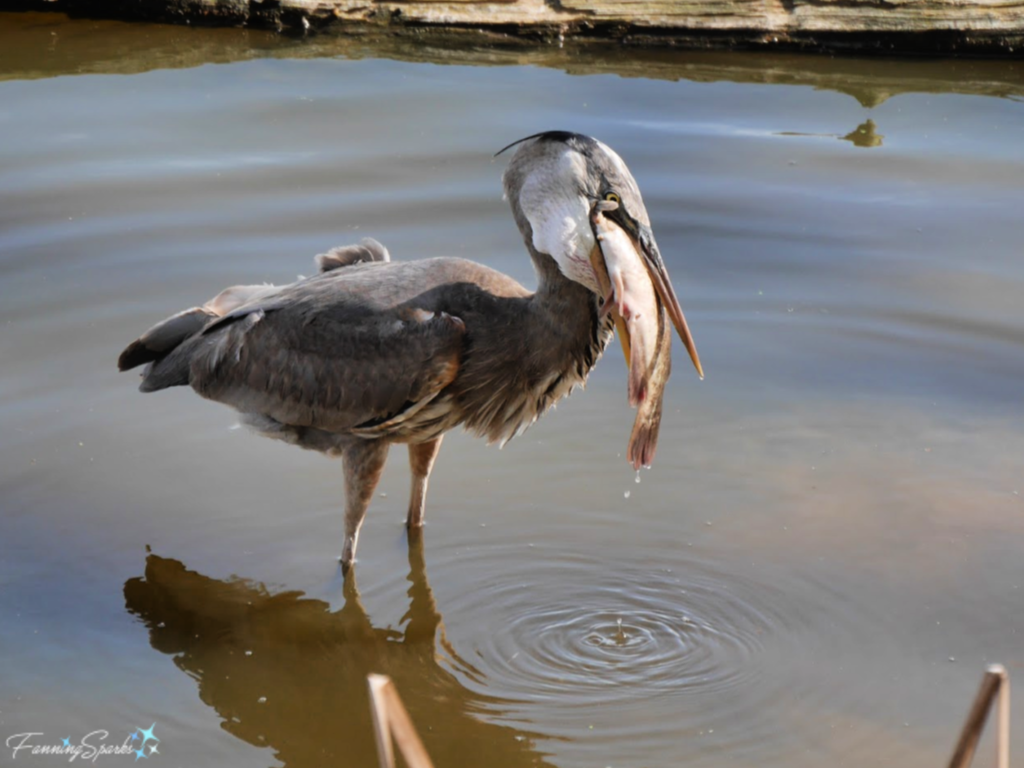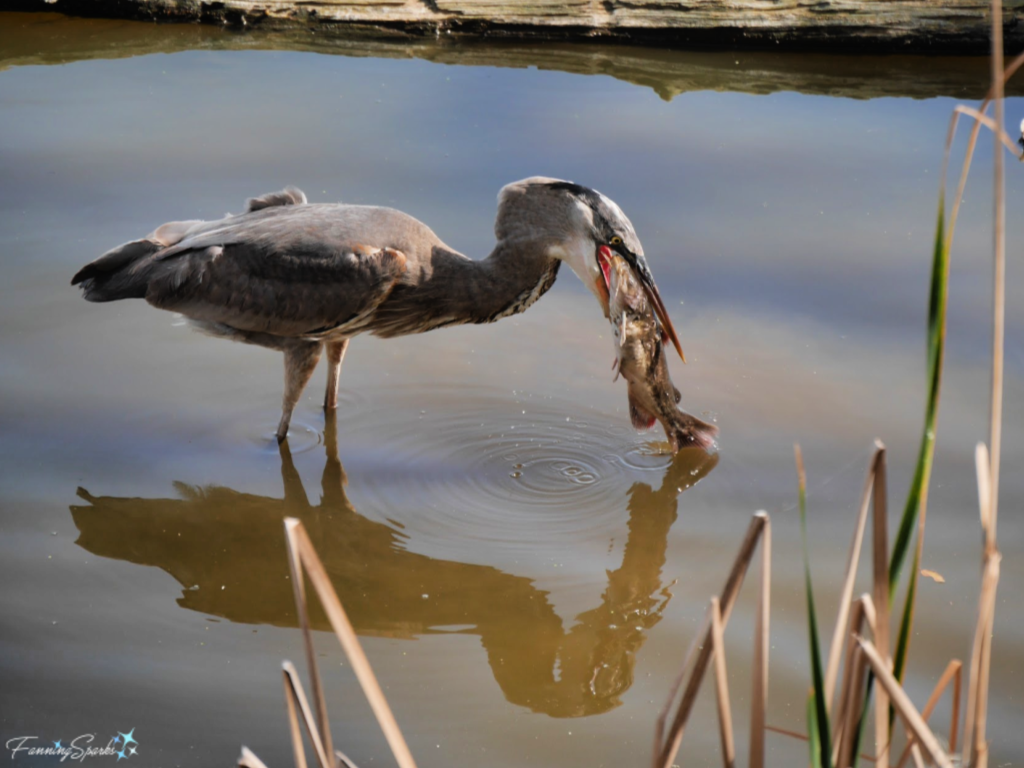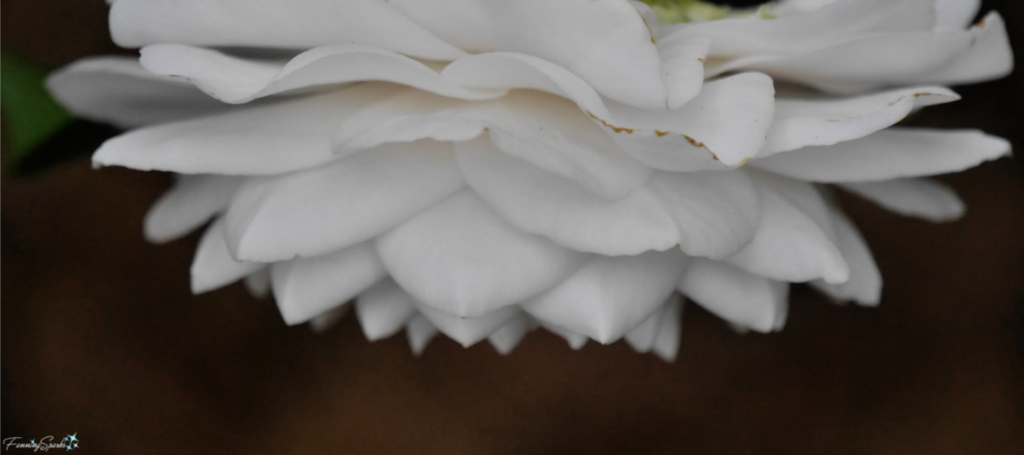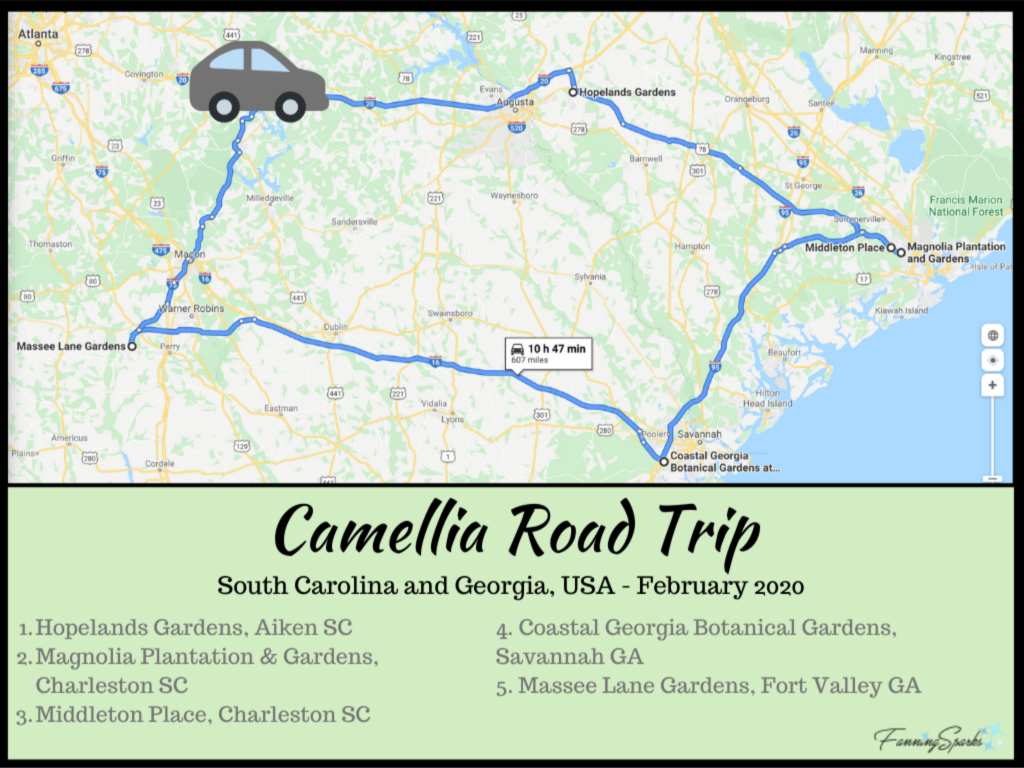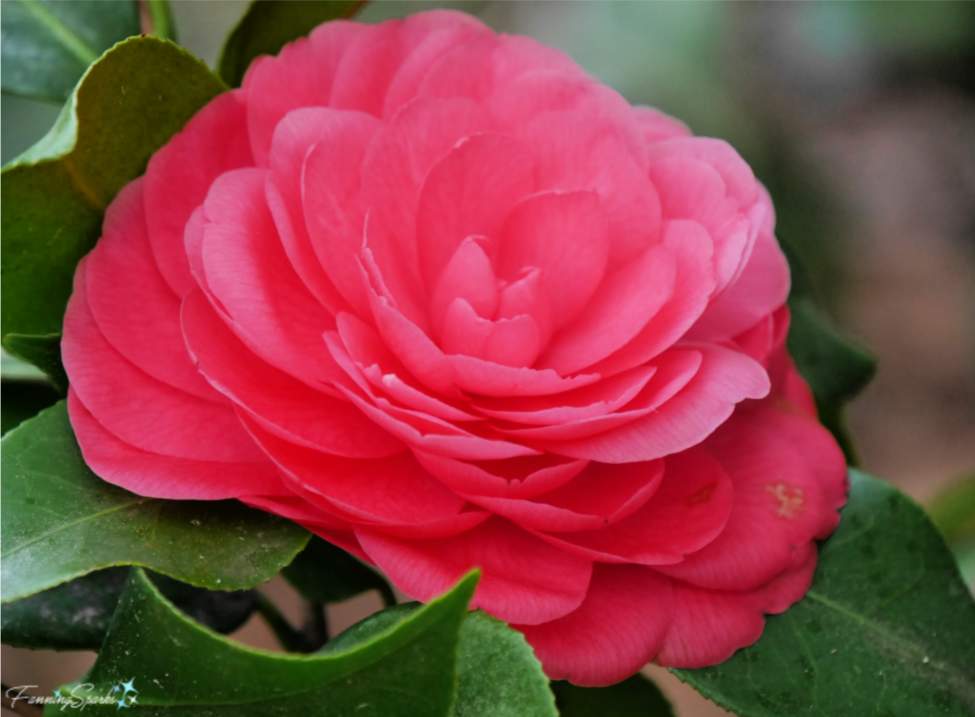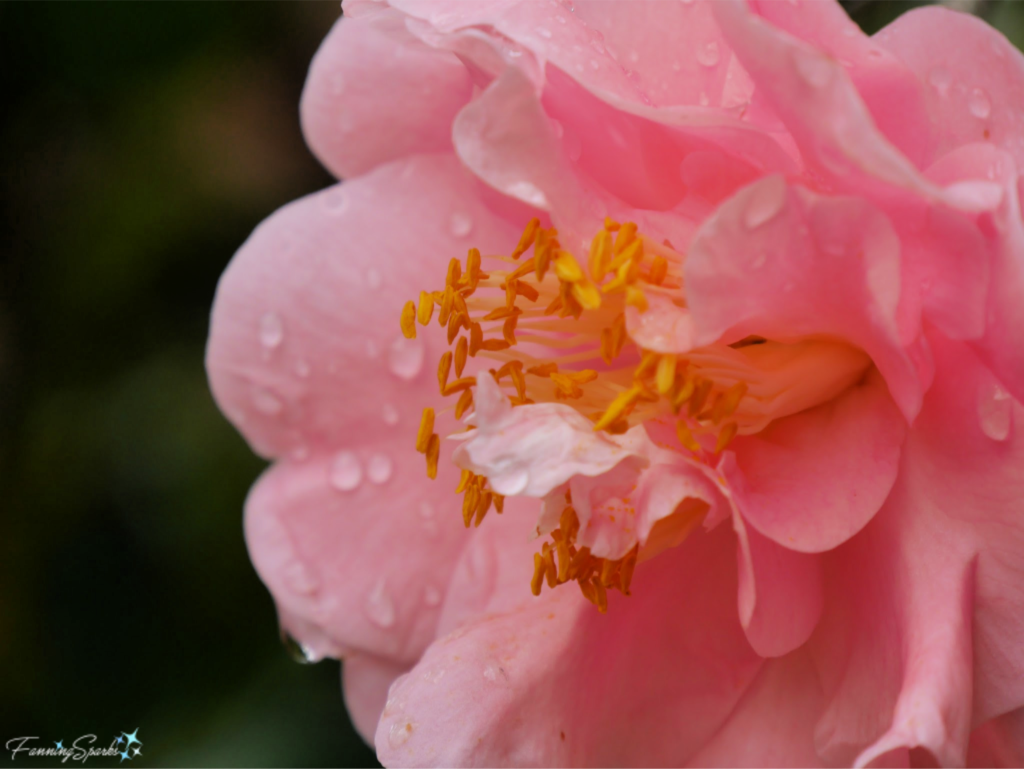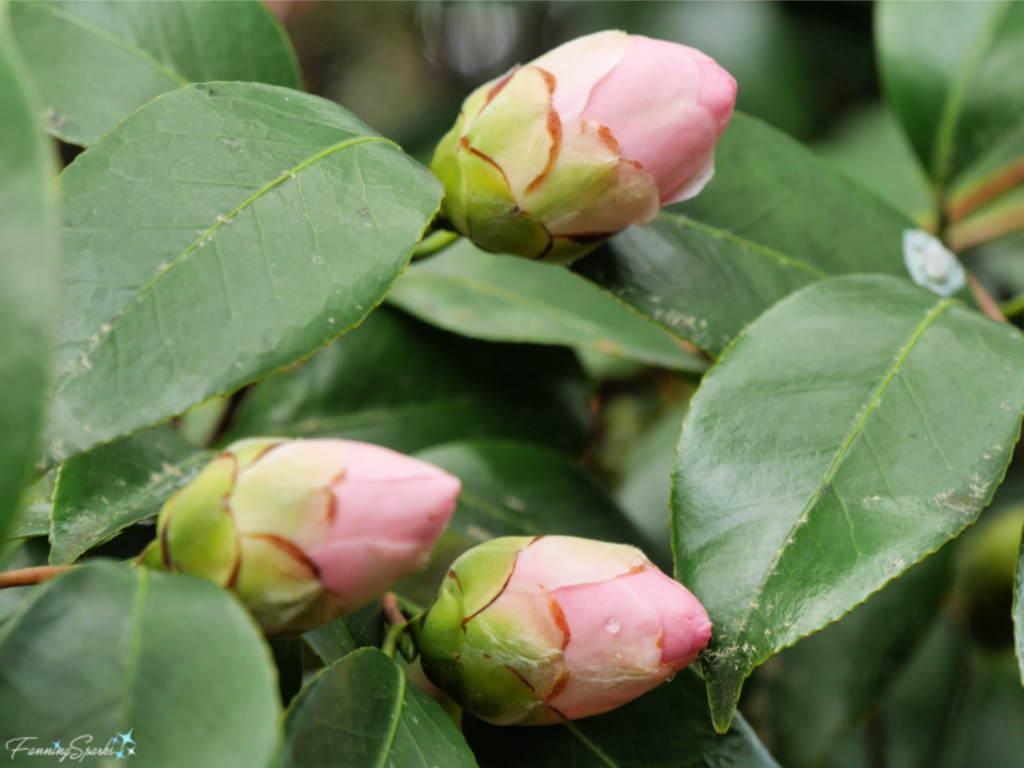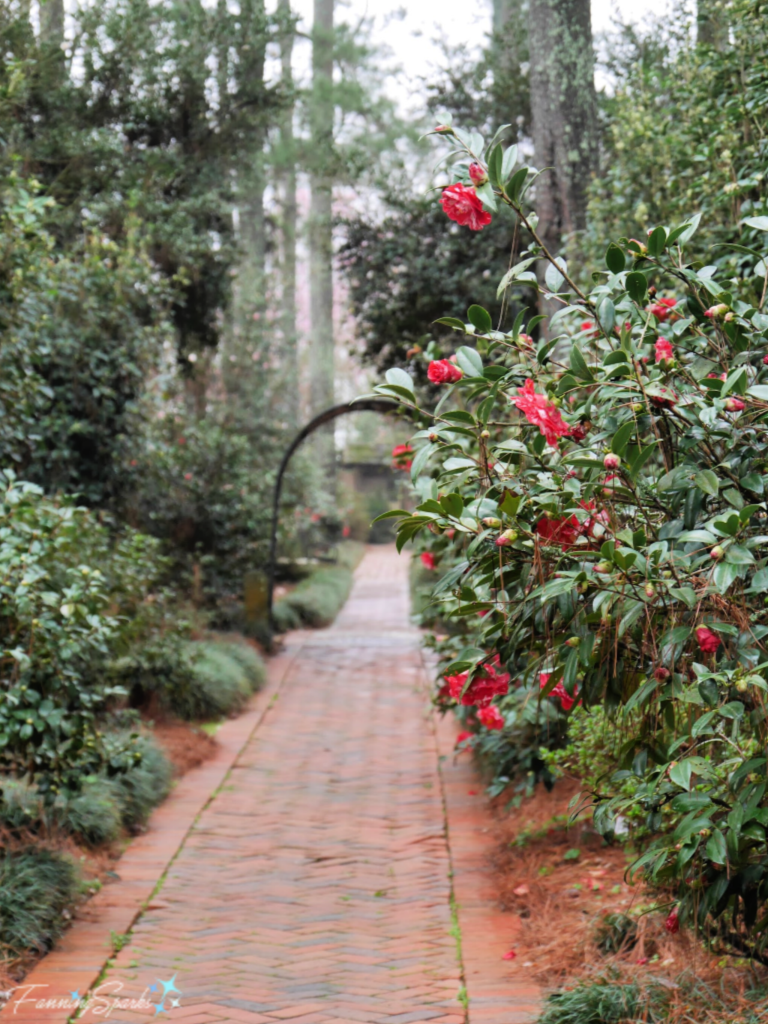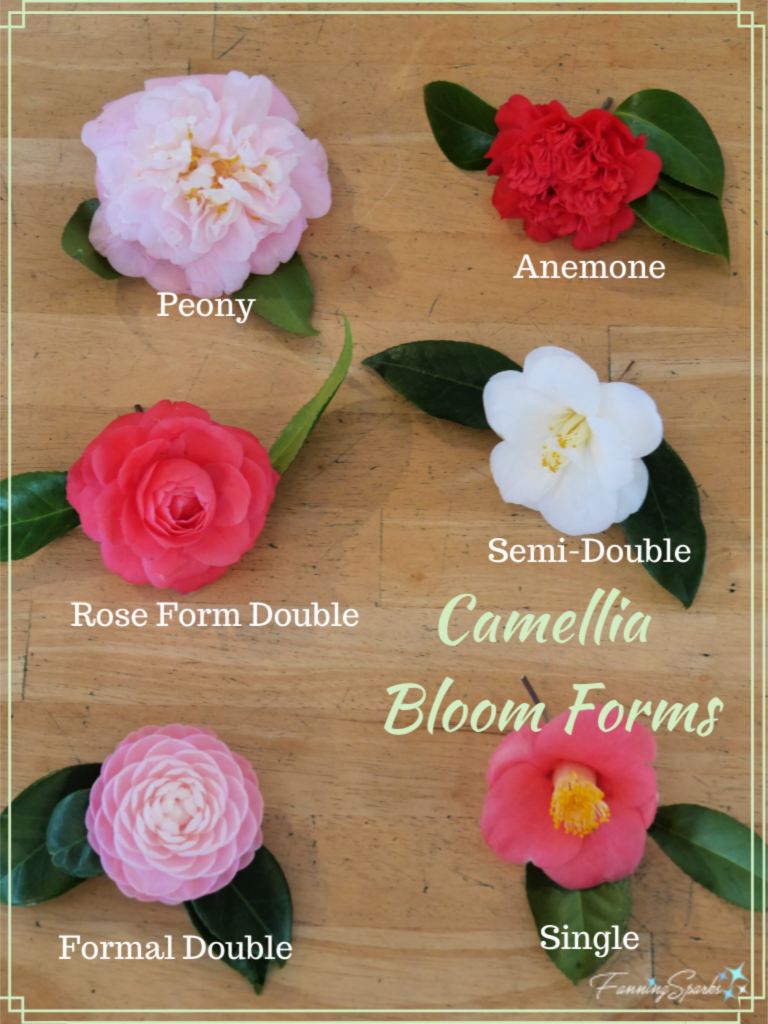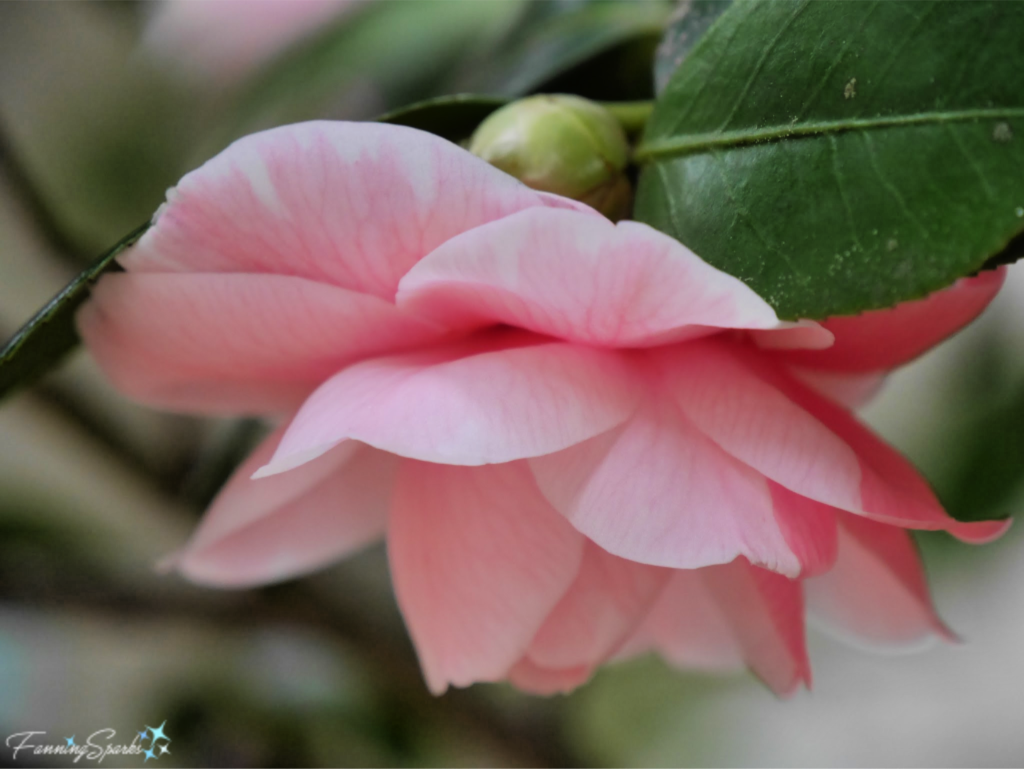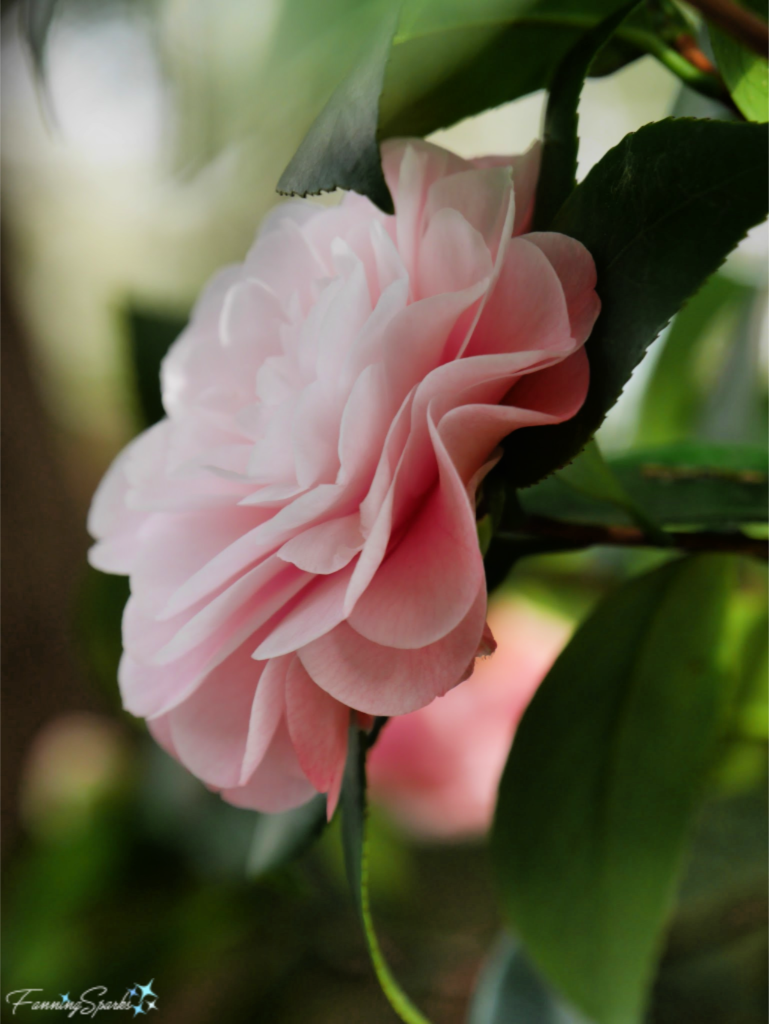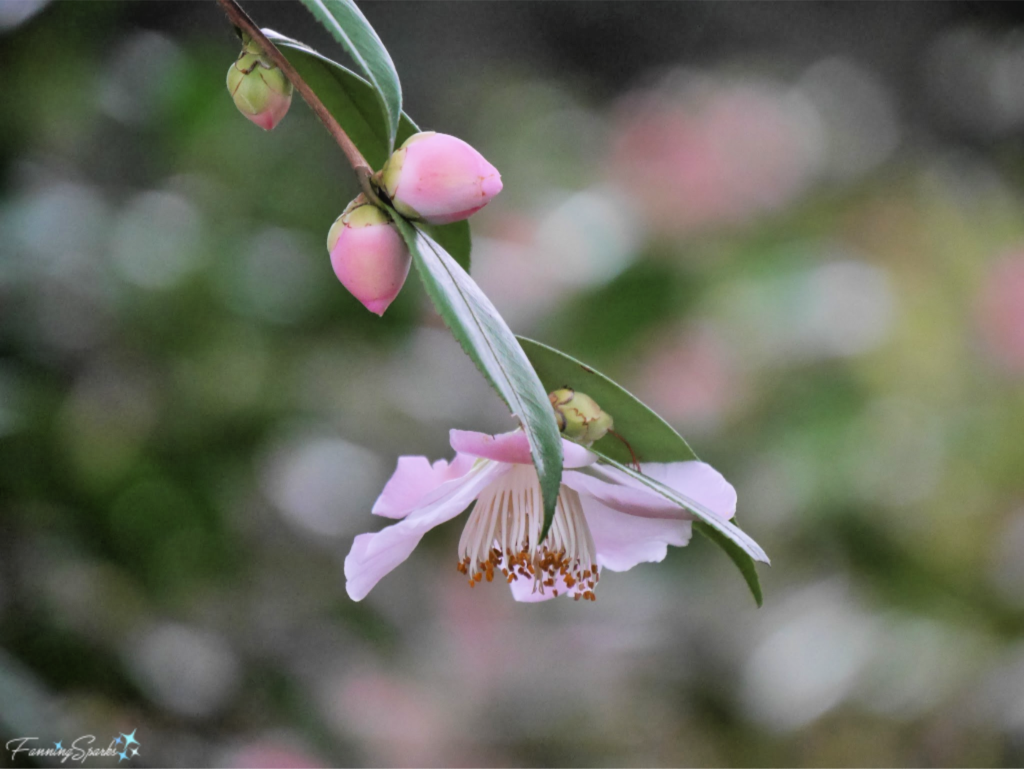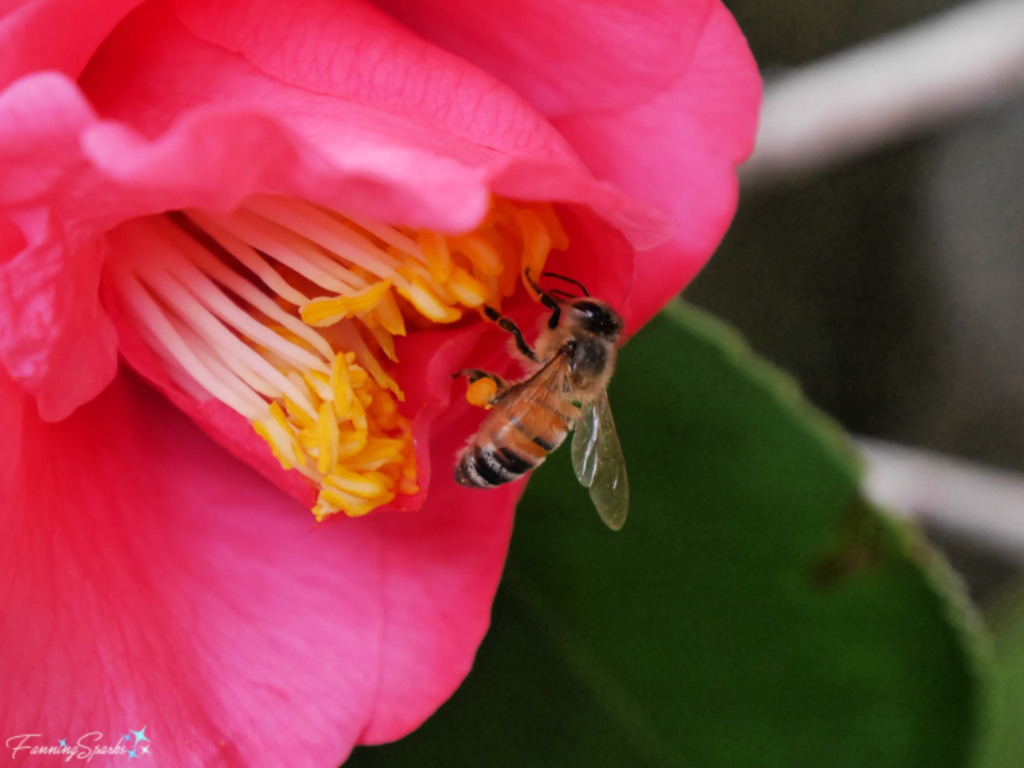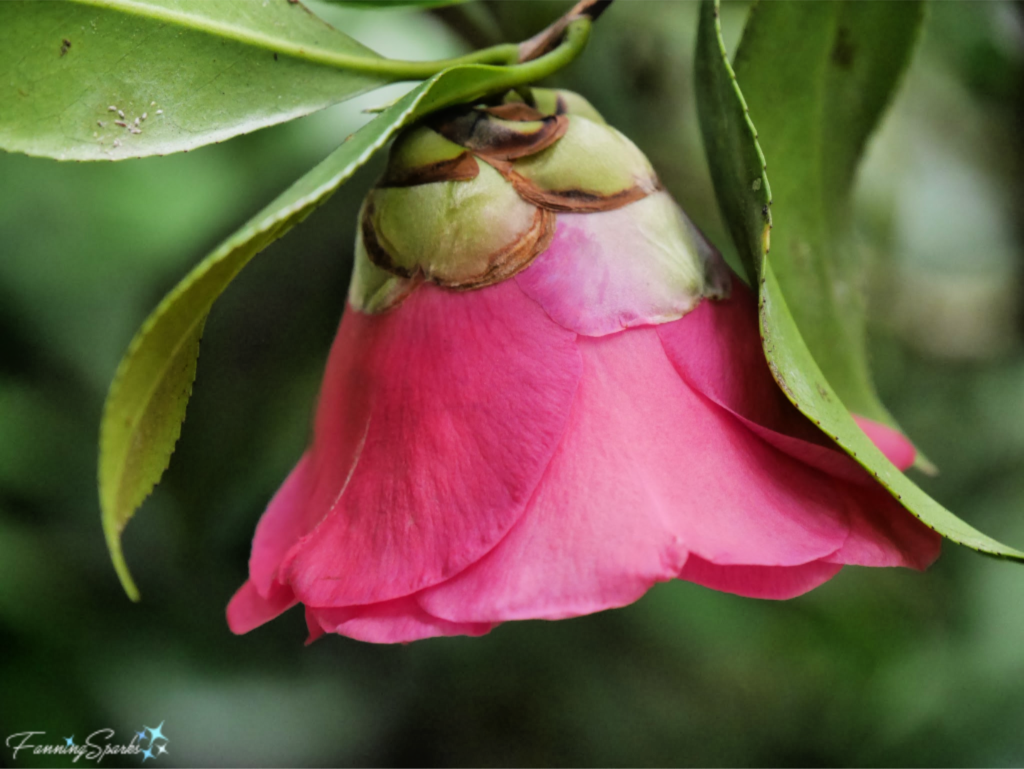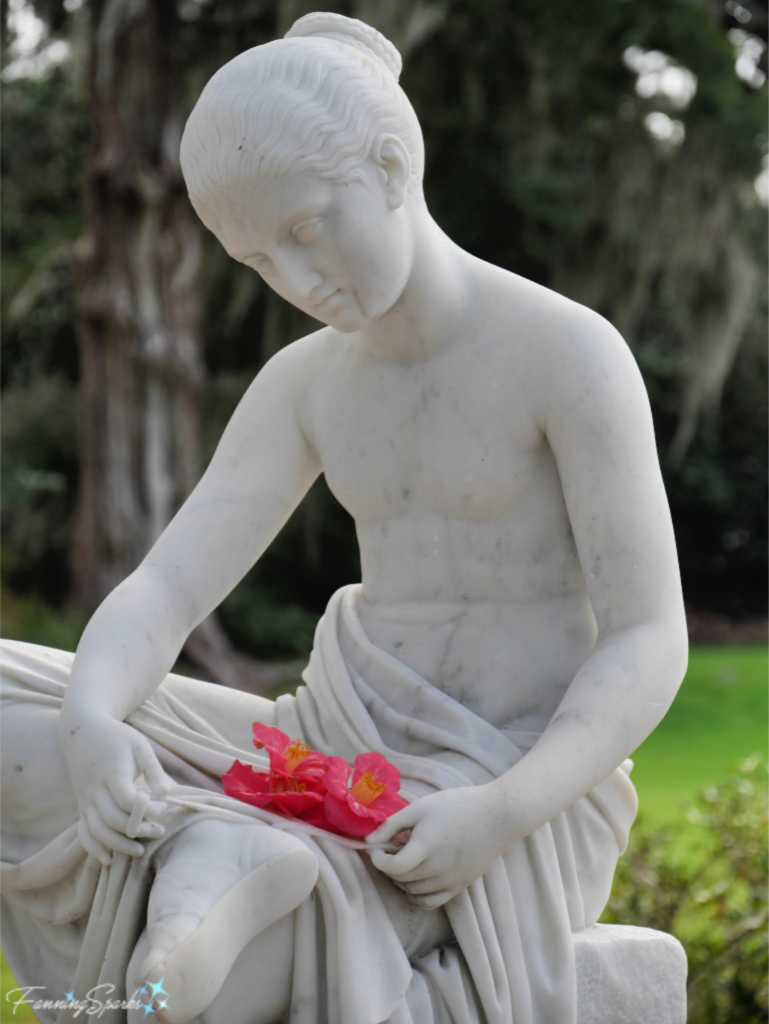We’ve all had our wings clipped—for good reason, of course—making virtual travel the only way to go. That’s OK by me—I have lots of travel adventures I’m happy to relive. In today’s post, I’d like to share memories of spring in The Netherlands.
My husband and I lived in Cologne Germany from 2008-2011. We made the most of this incredible opportunity to travel extensively throughout Europe. One place we loved to visit was the Netherlands. I feel a special connection to this captivating country because it is where both my mother and father were born and raised. Being able to skip over to the Netherlands from our temporary home in Cologne was an unimaginable delight! We were, in fact, only about 3 hours from the small village of Moordrecht where my parents lived before immigrating to Canada.
Every spring during our stay, we traveled to the Dutch town of Lisse to revel in the spring flowers. Lisse is famous for its flower fields. It is the area where flowering bulbs, such as daffodils, tulips and hyacinths, are grown to be harvested and sold as bulbs around the world. Flower bulbs are big business in the Netherlands. Estimates show that around 8.5 billion flower bulbs, approximately 60% of the world’s supply, are produced in this small country every year. That’s a lot of flowers! Few sights are as spectacular as the fields of Lisse in full bloom!
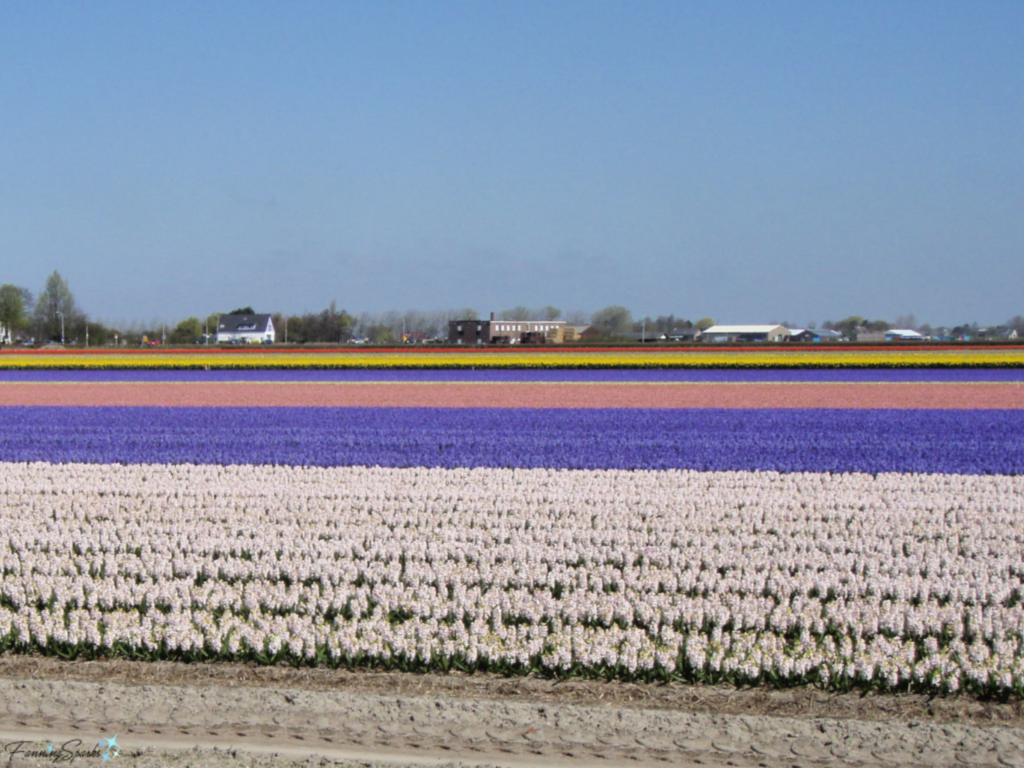
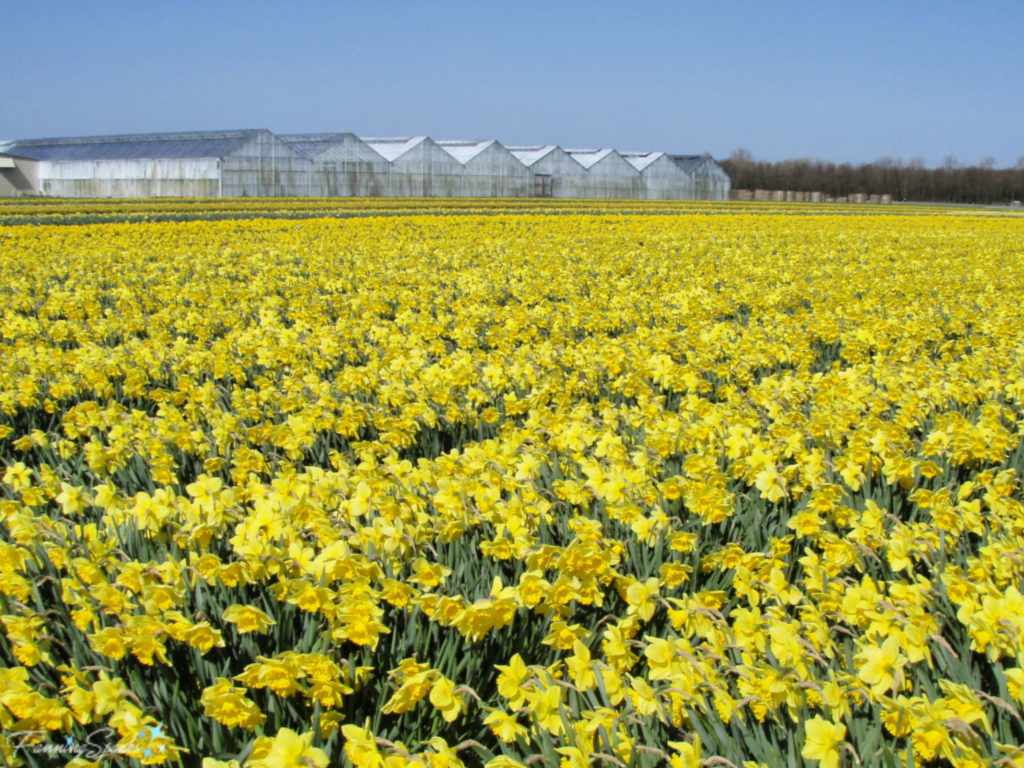

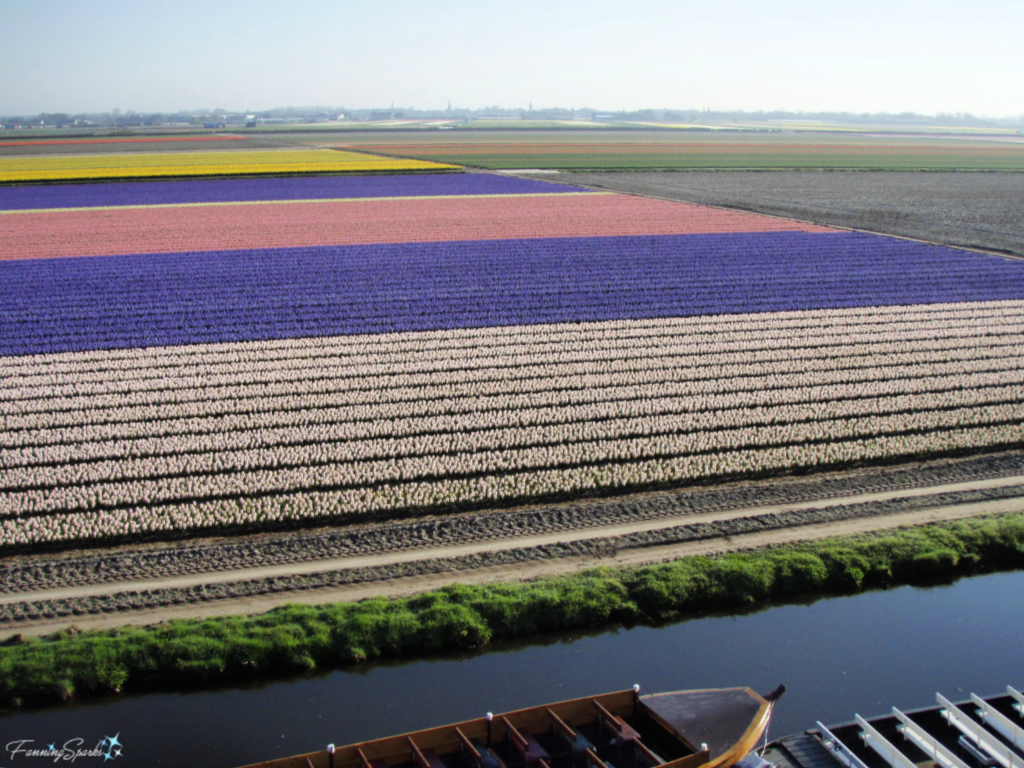
One of the best places from which to view these fields is from the windmill at the Keukenhof. The Keukenhof, if you’ve never heard of it, is a world-famous spring garden. According to their website, “The Keukenhof is the international and independent showcase for the Dutch floricultural sector, with a special emphasis on flower bulbs. … The park’s focus is on the 7 million spring-flowering bulbs, which allow the 100 participating companies to show their living catalog.” The name “Keukenhof” describes its much humbler origins (“keuken” is Dutch for kitchen and “hof” means yard or garden) as a kitchen garden.
Here’s the traditional Dutch windmill at Keukenhof. Visitors can enter the windmill and view the flower fields of Lisse from the deck.
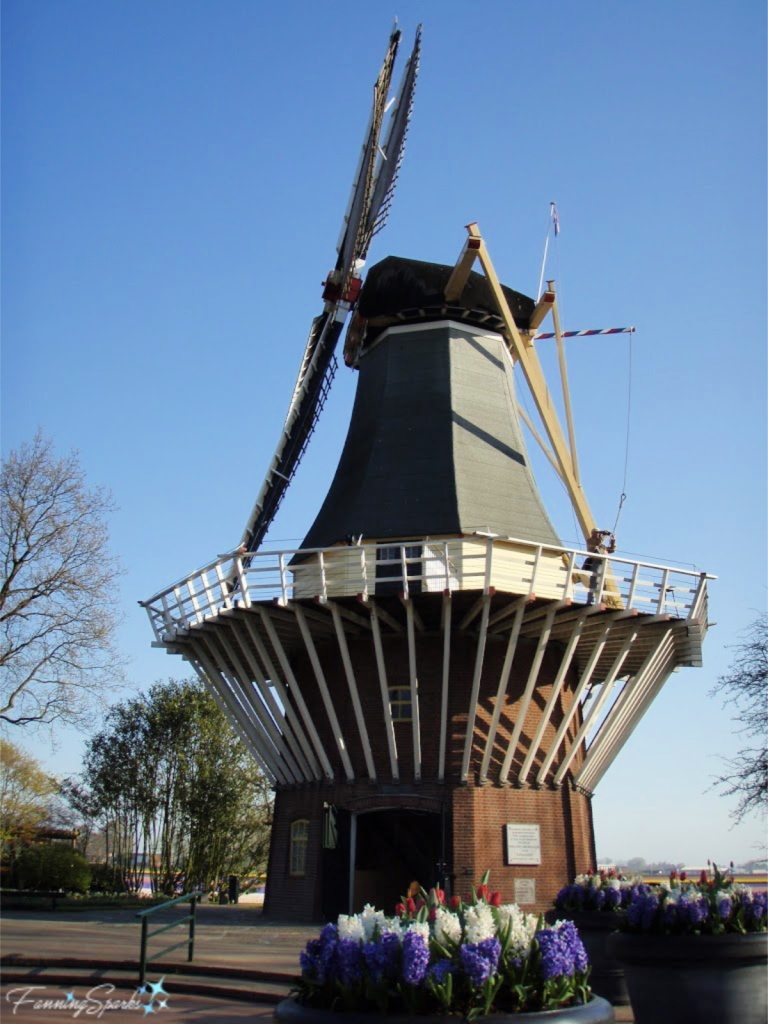
The Keukenhof gardens are awe-inspiring! Wide swatches of brilliant color are showcased against the spring green foliage.
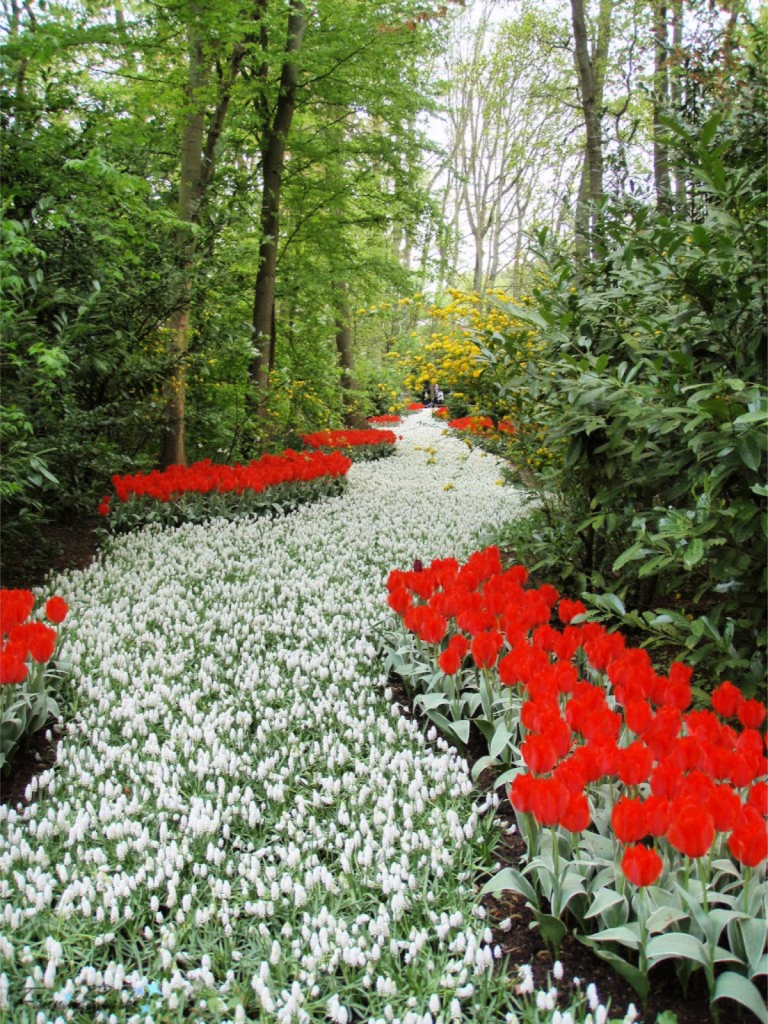
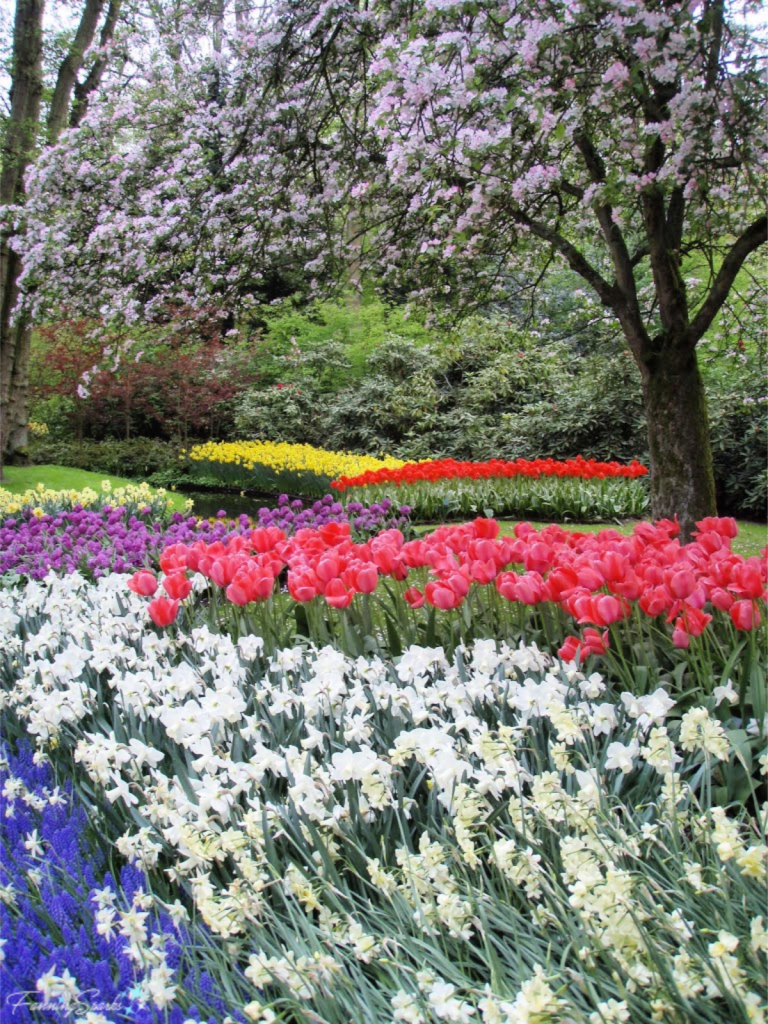
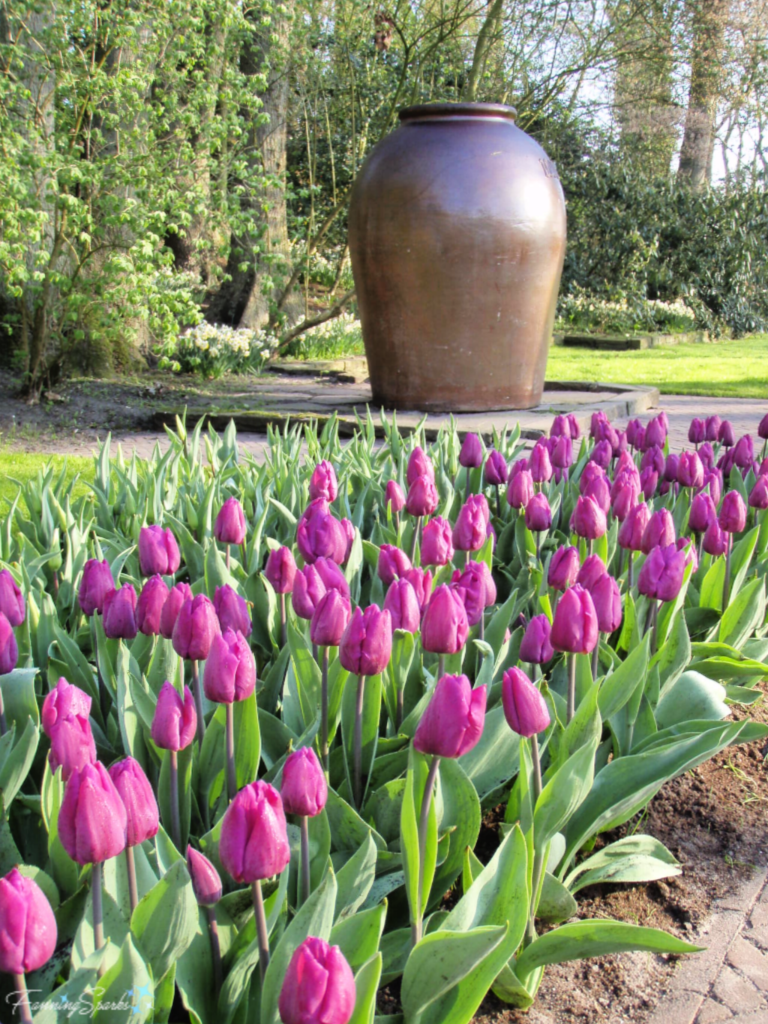
The gardens are meticulously manicured—every flower is groomed to look its very best. Hyacinths, for instance, may be propped up individually. The small inconspicuous stakes are visible in the below photo.
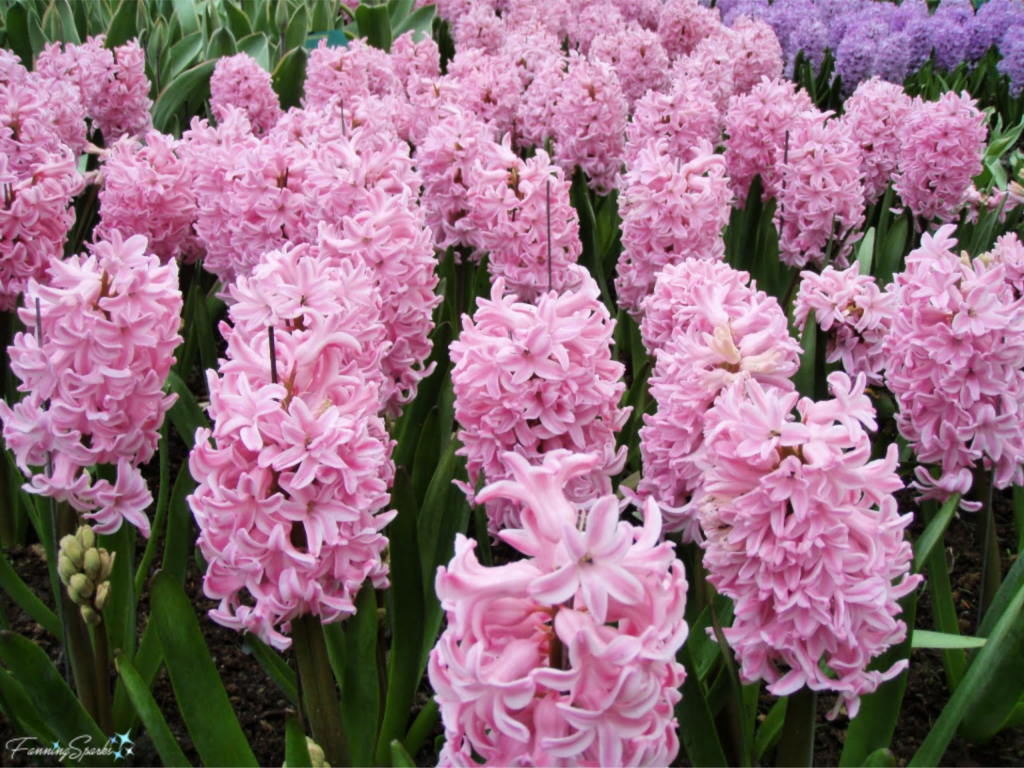
That’s why I love this photo… “Oops, who missed that pink hyacinth?”
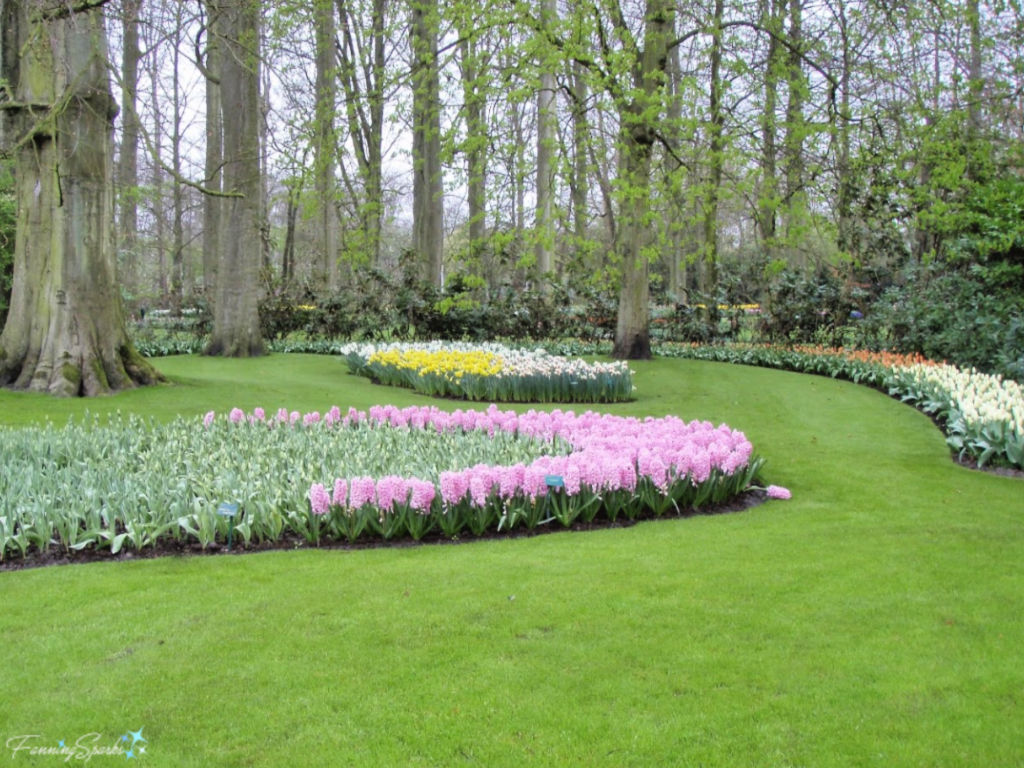
The tulips didn’t seem to need extra support. Here are a few close-ups of these beloved harbingers of spring.

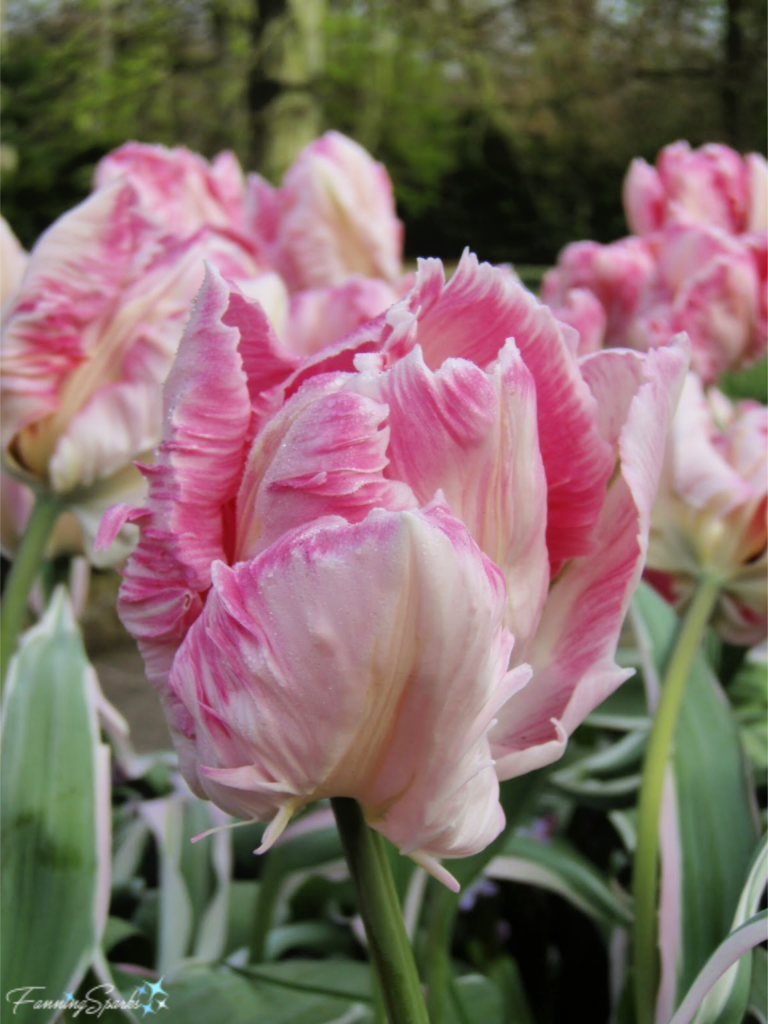
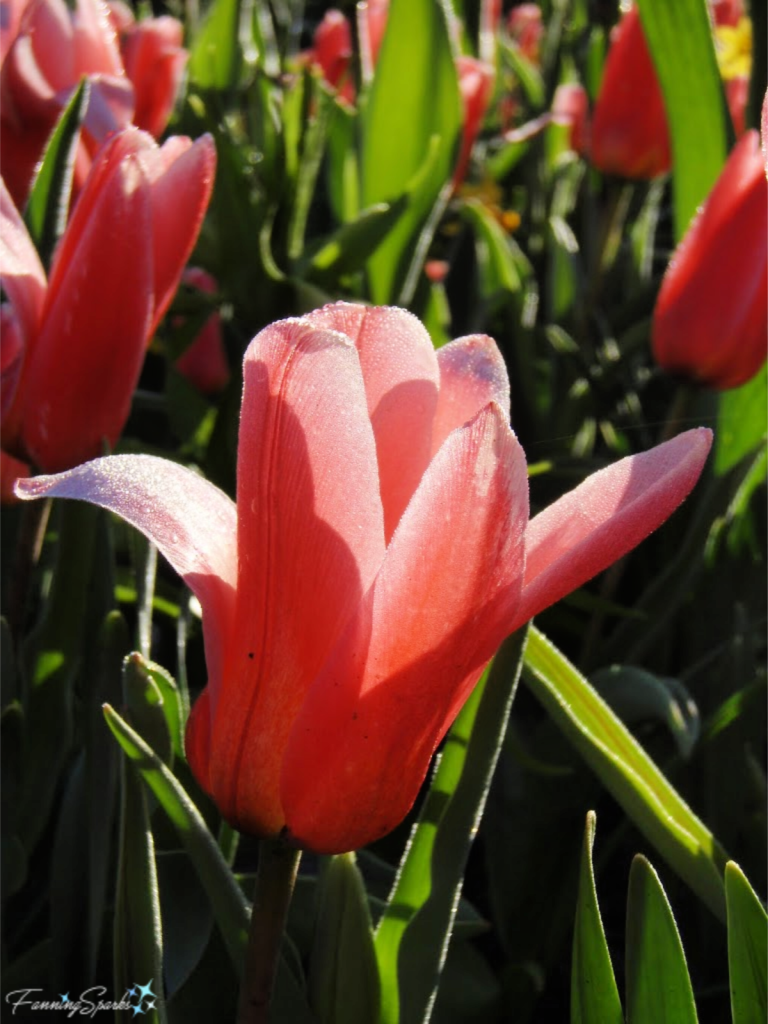
It wouldn’t be the Netherlands without water. The floral displays are enhanced by canals, streams, ponds and water features throughout the gardens.


Sculptures and artwork are beautifully showcased in this extraordinary setting. This is the iconic Harmonisch evenwicht (Harmonic Balance) by Carlo A. van Kervel. If I remember correctly, these elegant, white forms represent tulip bulbs.
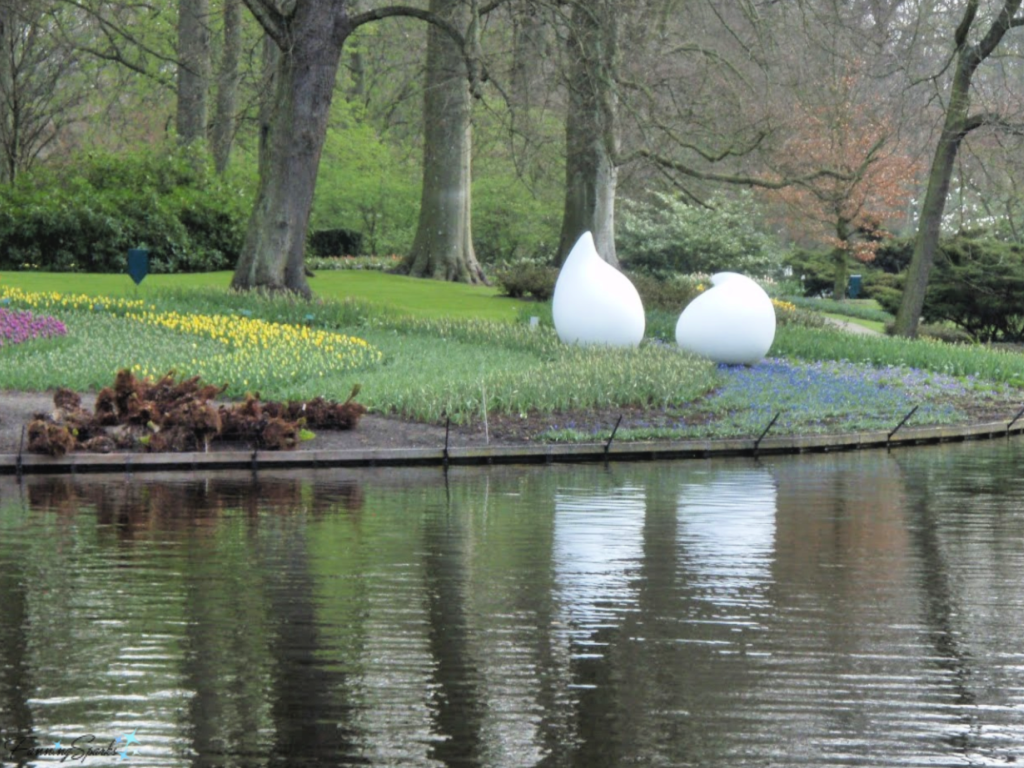
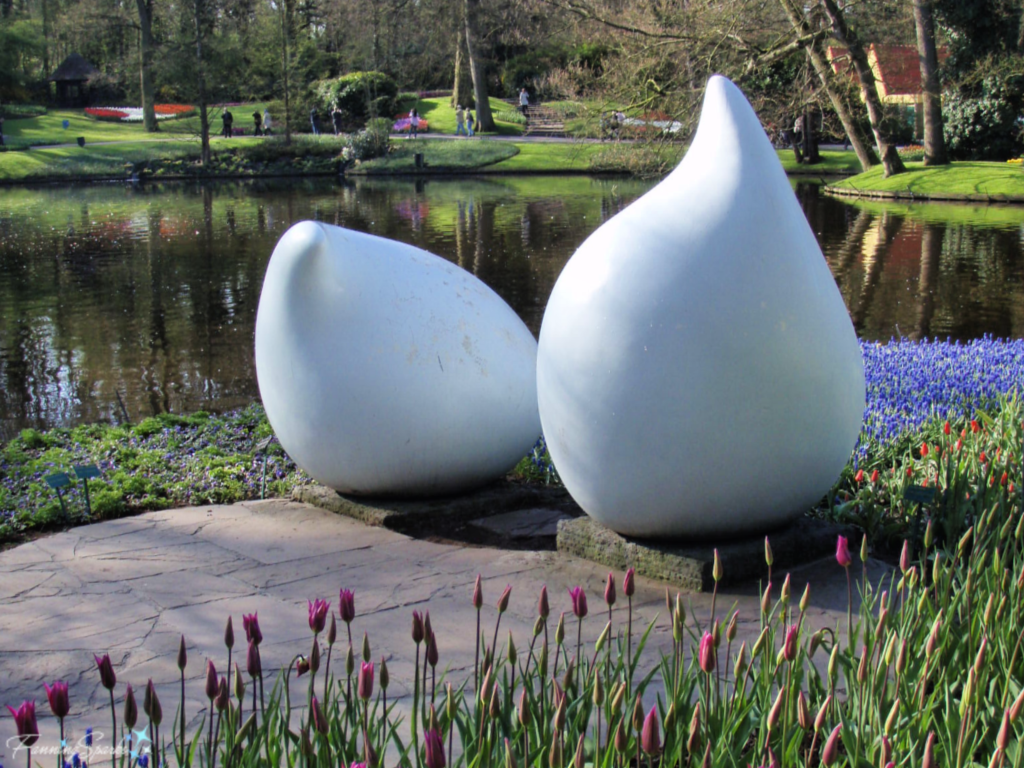
This intriguing work, Zintuigen (Senses) by Berita Valk, shines amid all the greenery.
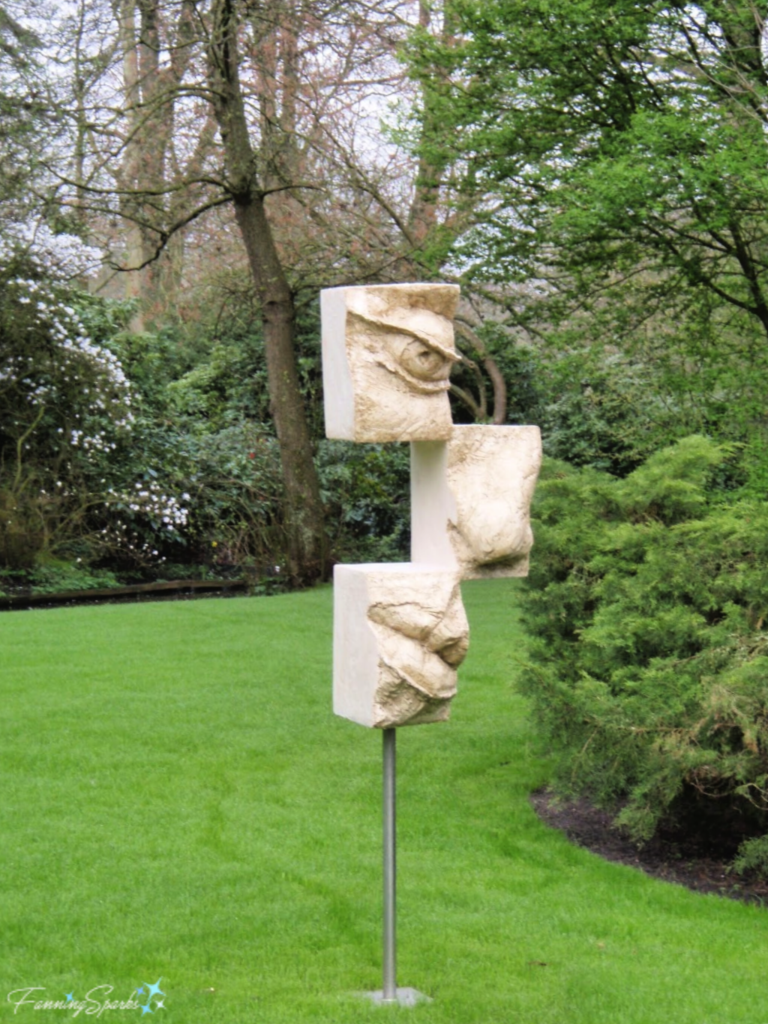
These two handsome works are by Marco Overdiep—Binnen-buiten (Inside Outside) on the left and Levensritme (Rhythm of Life) on the right.
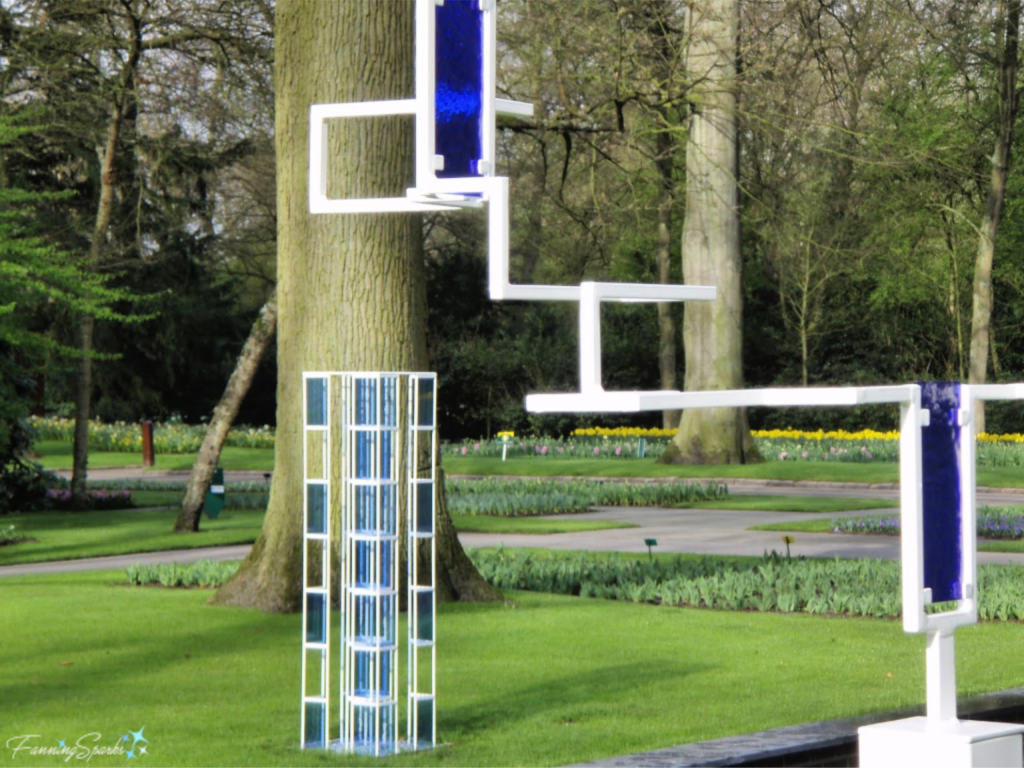
Predictably, it’s impossible to leave all this beauty empty-handed. I purchased this stunning bouquet of tulips for only a few euro.
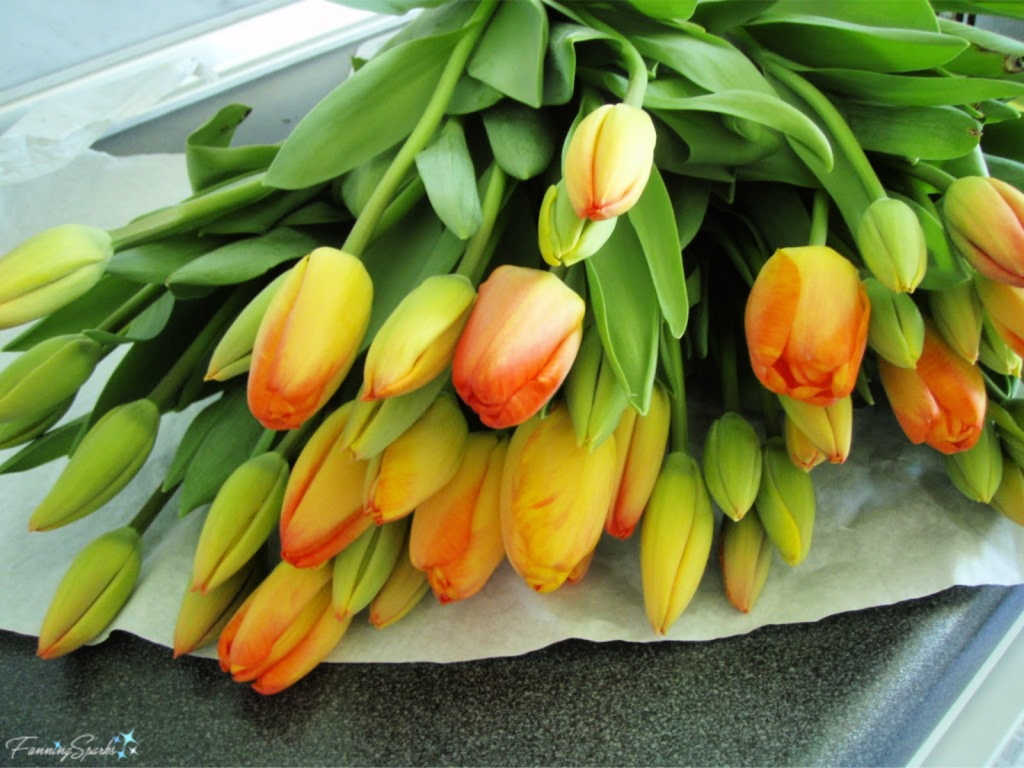 The generously-sized bouquet filled several vases shown here in the kitchen of our flat in Cologne.
The generously-sized bouquet filled several vases shown here in the kitchen of our flat in Cologne.

We had tulips arranged throughout the flat—the perfect reminder of our latest visit to the flower fields of Lisse!
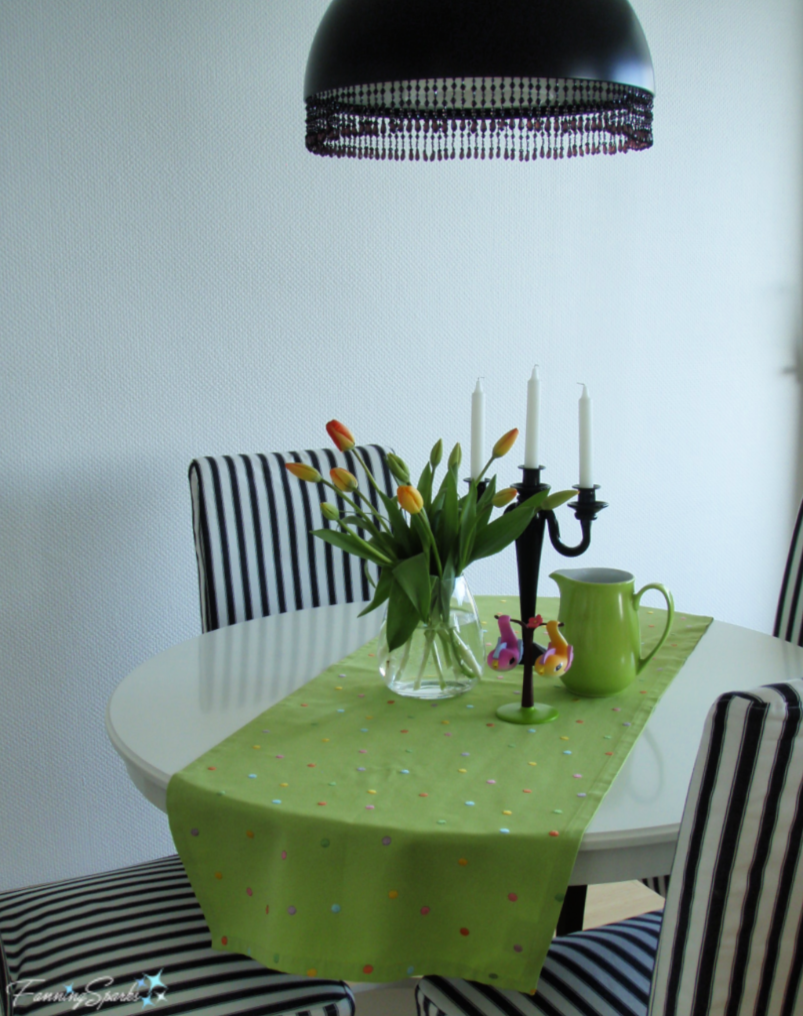
More Info
Sadly, due to the corona virus, the Keukenhof did not open as scheduled for 2020. Their website states they are monitoring the situation regarding a delayed opening. Visiting the Keukenhof may not be an option this year but if you ever have the opportunity, don’t miss it! Learn more on the Keukenhof website.
By the way, you may have noticed there are very few other visitors in the photos I took at the Keukenhof. That’s notably unusual given the Keukenhof typically has an average of 26,000 visitors a day during its 8-week season. I learned the trick was to stay overnight in the town of Lisse. This allowed me to walk over and enter the gardens the minute they opened.
You can learn more about Lisse and the Netherlands’ flower fields on the official Visit Holland website.
If you enjoyed this post about the flower fields of Lisse Netherlands, you might also enjoy the following posts:
. The Allure of the Waterlily includes a visit to the village of Giverny France
. Charleston’s Glorious Window Boxes showcases spring in this beloved city of the US Southeast
. Spring Into a Garden Tour features the springtime gardens of Athens Georgia
. Camellia Road Trip shares a recent road trip throughout the US Southeast to visit 5 outstanding camellia gardens.
Today’s Takeaways
1. Virtual travel is a great option when it isn’t possible to travel physically.
2. Some of the most beloved travel destinations are courtesy of Mother Nature.
3. Consider tailoring your itinerary to visit popular destinations during off-peak times.


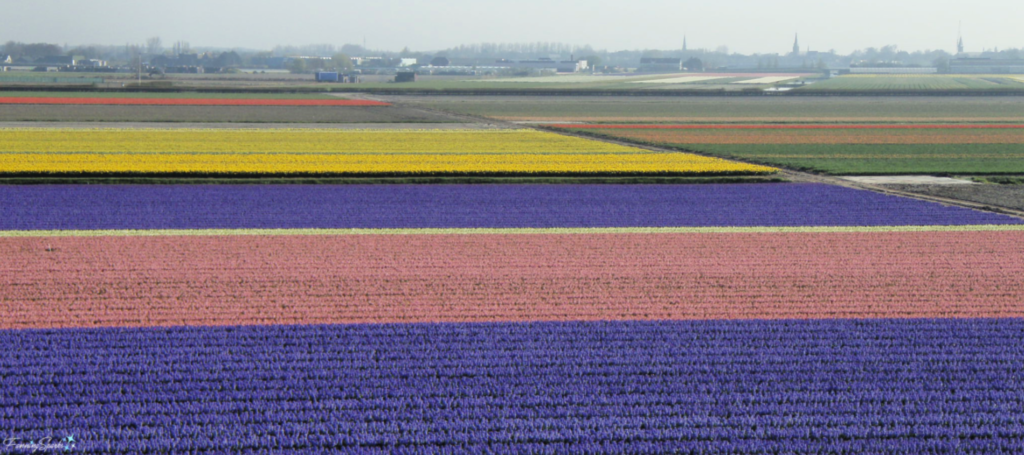

 I’ve also added a series of index pages—one for each category. These are accessible from the boxes in the sidebar at the right of the blog page. The index page shows the posts by sub-category at a glance. It’s an alternative way to see all posts for a particular subject. I’ve also switched out the category cover photos to keep things fresh and interesting. Here’s a screenshot of the TRAVEL index page.
I’ve also added a series of index pages—one for each category. These are accessible from the boxes in the sidebar at the right of the blog page. The index page shows the posts by sub-category at a glance. It’s an alternative way to see all posts for a particular subject. I’ve also switched out the category cover photos to keep things fresh and interesting. Here’s a screenshot of the TRAVEL index page.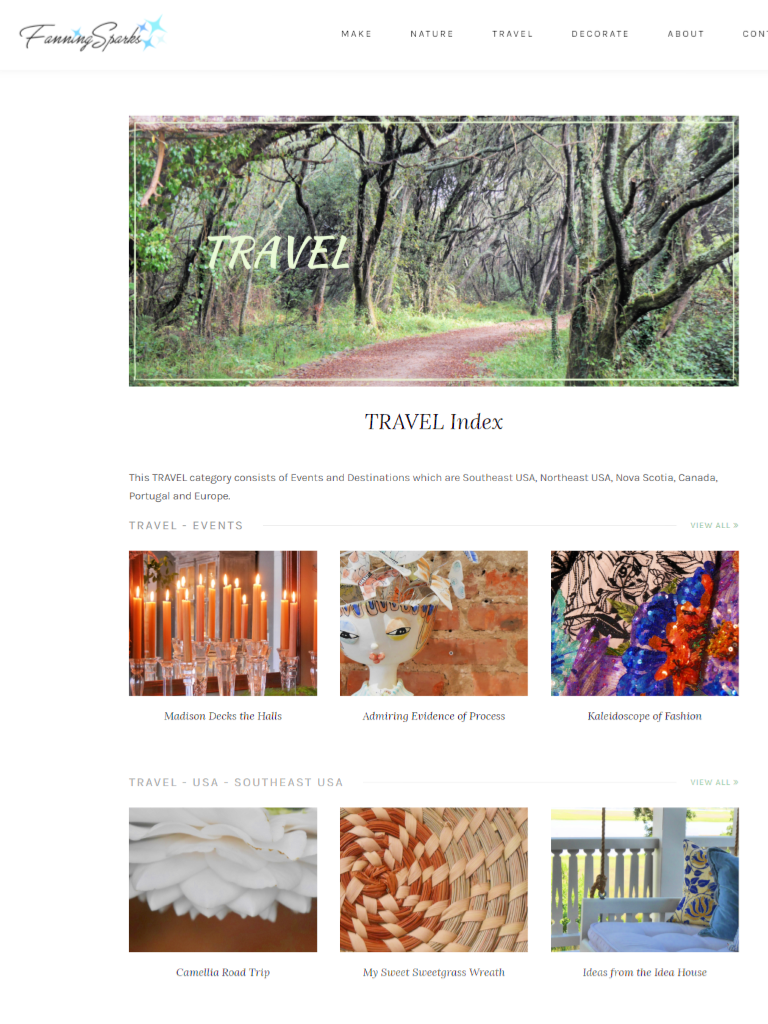
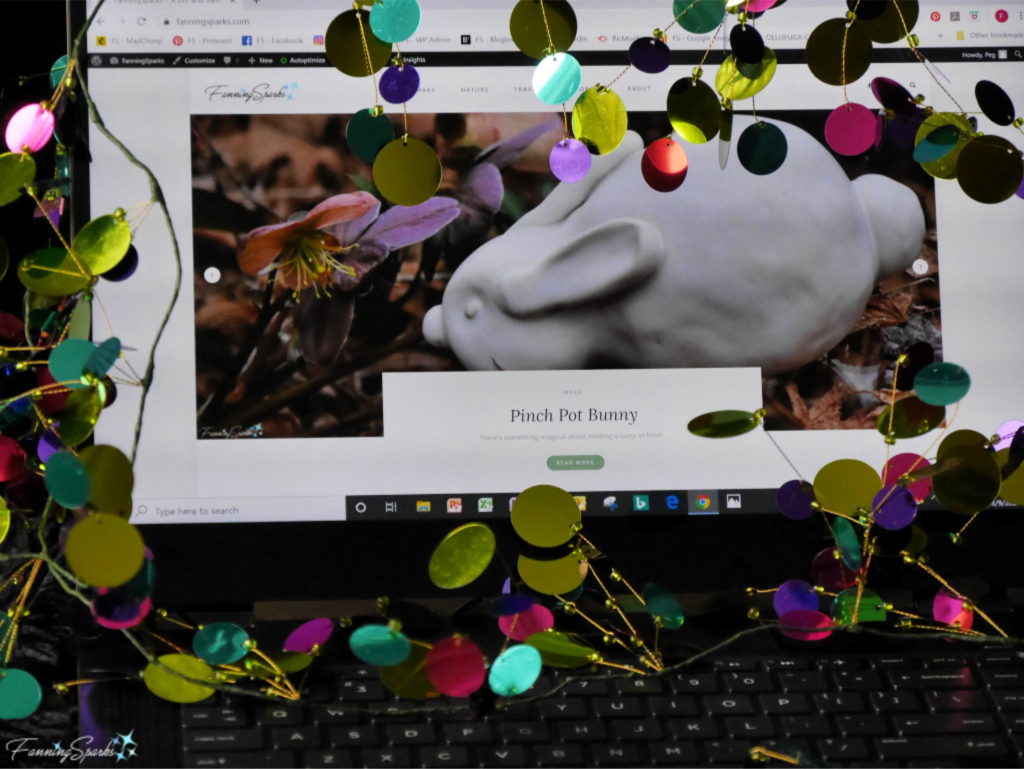 The viewing statistics for the blog indicate the audience is growing. Yay! Over 9,000 unique users have visited the blog since it originally launched. Of those 9,000 visitors, about 3,000 visited in the first year and double that number visited in the second year. In December 2019, the blog hit a new record with over 1,000 visitors in the month—a significant milestone for this little blog!
The viewing statistics for the blog indicate the audience is growing. Yay! Over 9,000 unique users have visited the blog since it originally launched. Of those 9,000 visitors, about 3,000 visited in the first year and double that number visited in the second year. In December 2019, the blog hit a new record with over 1,000 visitors in the month—a significant milestone for this little blog!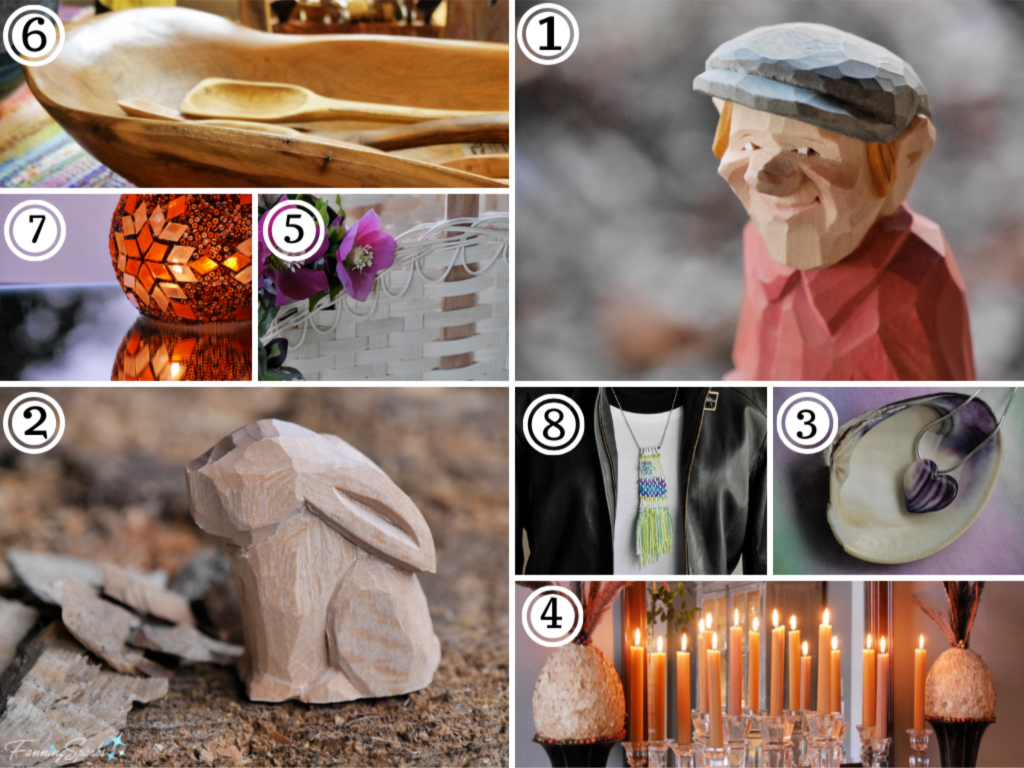 1
1 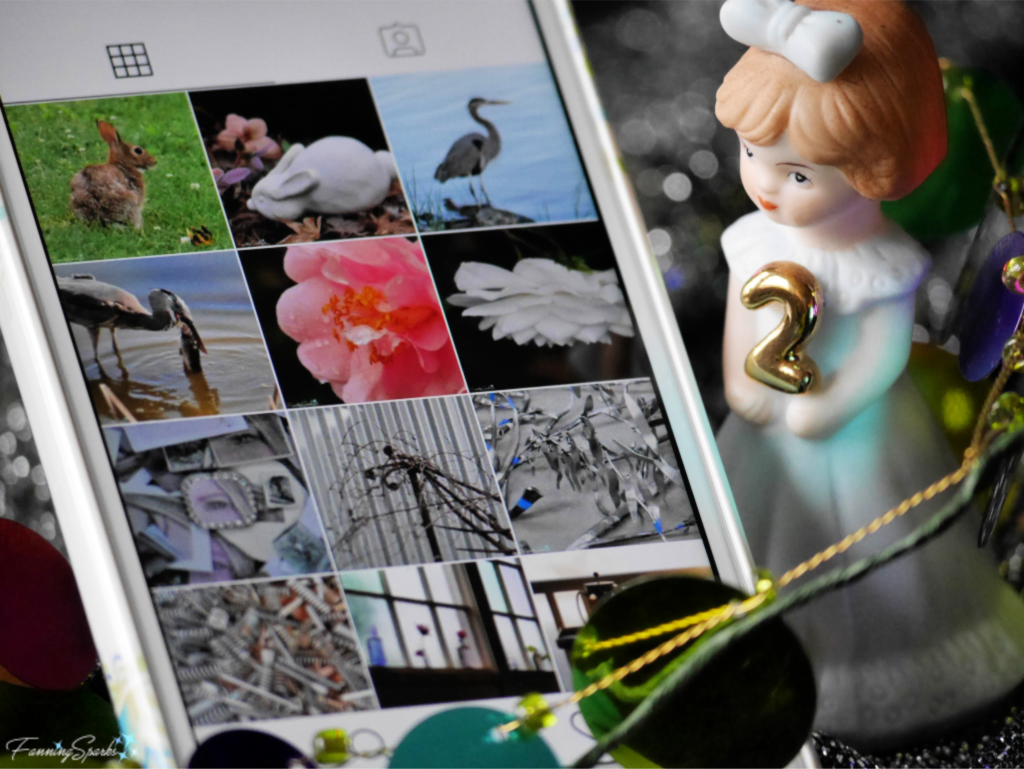 FanningSparks has a presence on several popular platforms including Instagram, Facebook, Pinterest and Bloglovin’.
FanningSparks has a presence on several popular platforms including Instagram, Facebook, Pinterest and Bloglovin’.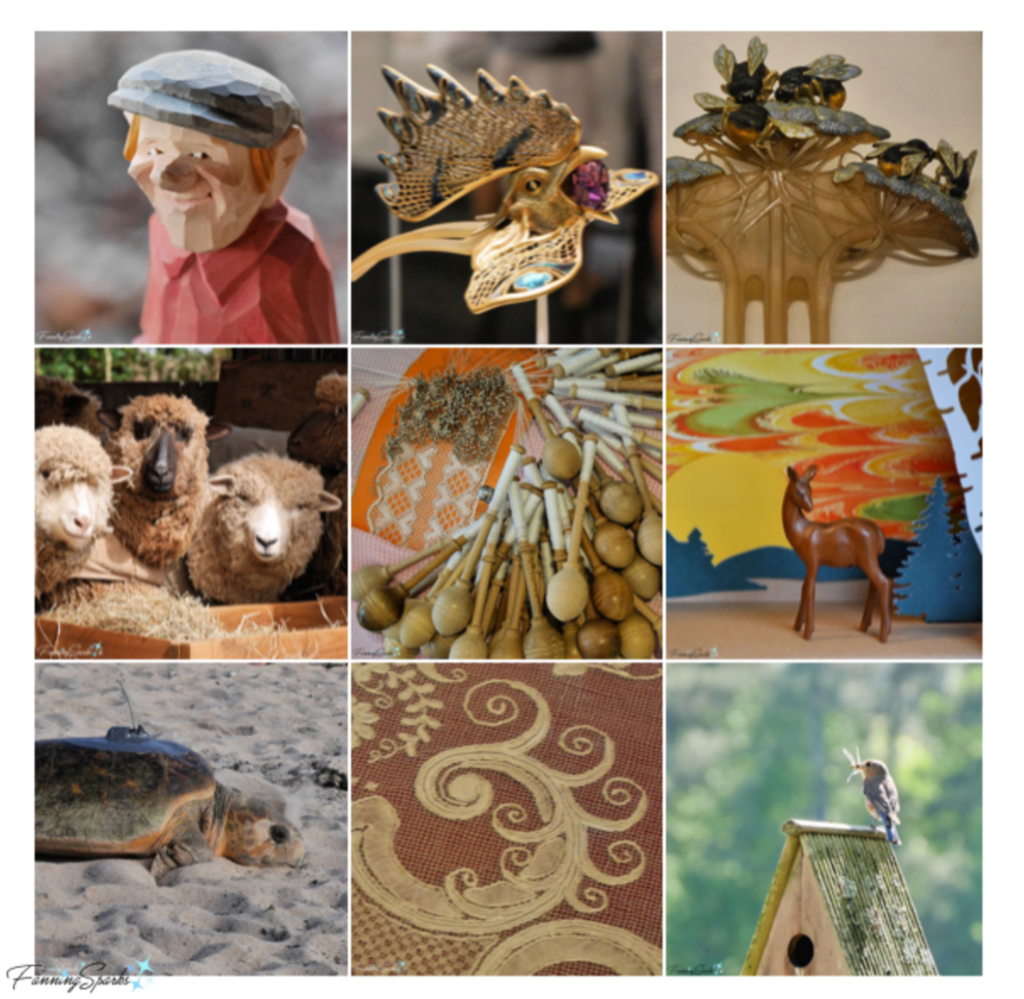 The
The 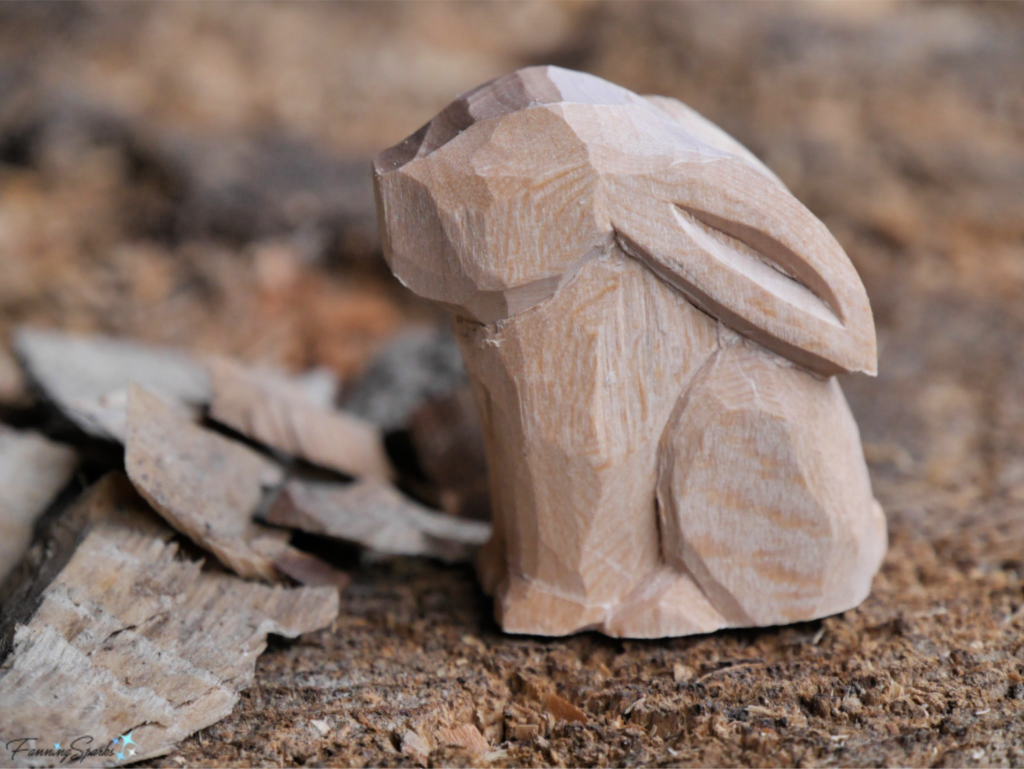
 Thanks again for following along with FanningSparks. I hope you enjoy reading the posts as much as I enjoy sharing them.
Thanks again for following along with FanningSparks. I hope you enjoy reading the posts as much as I enjoy sharing them.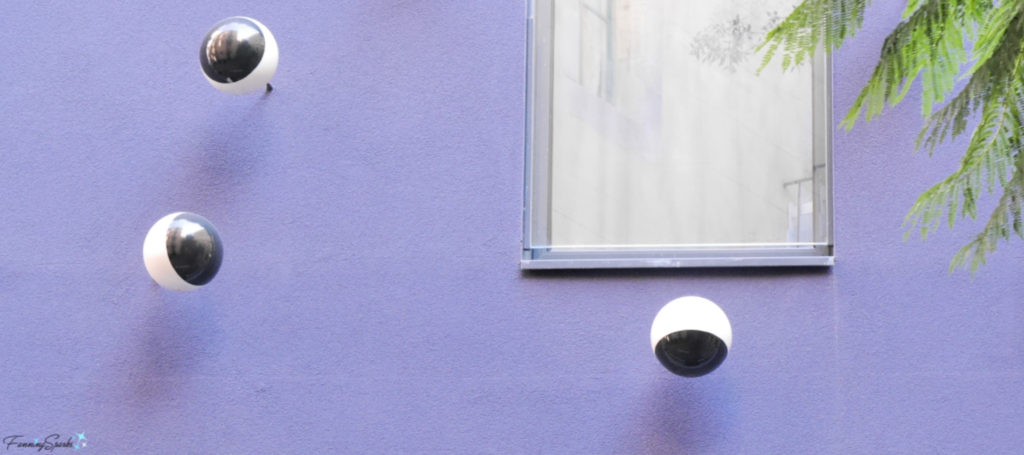

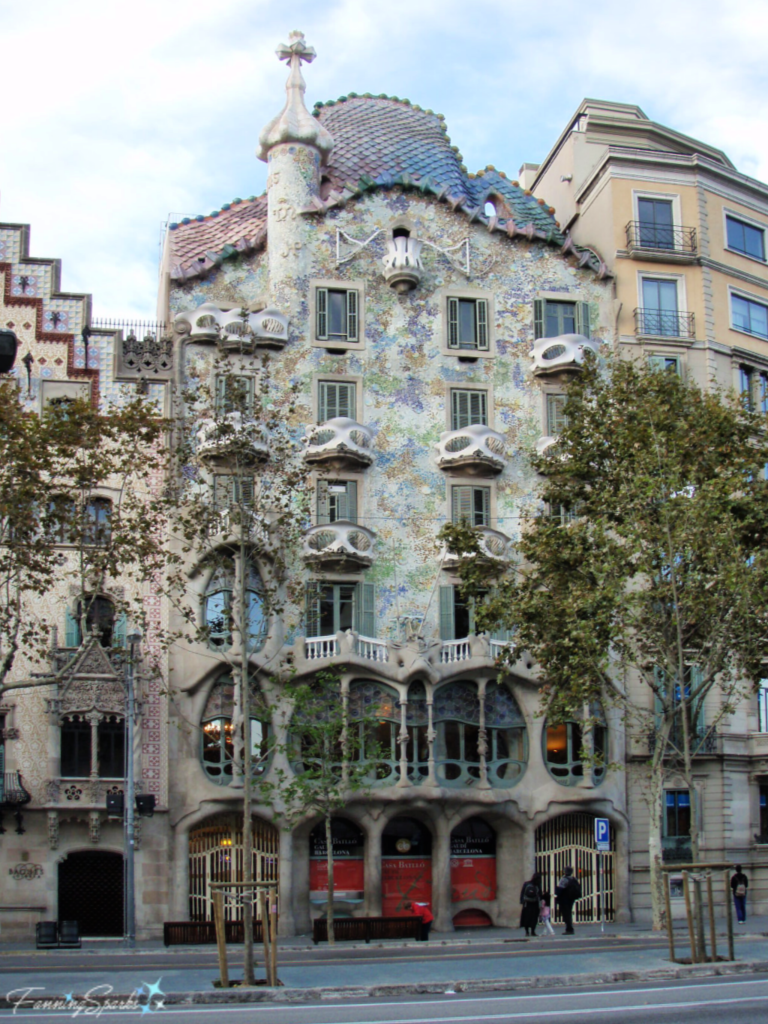
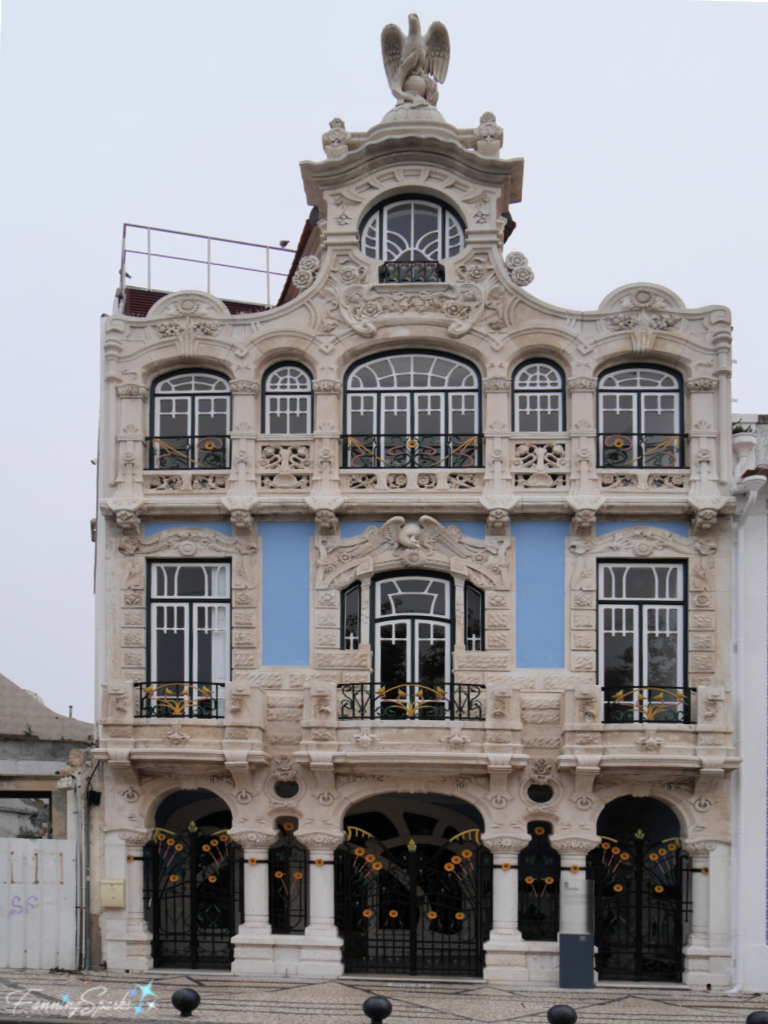
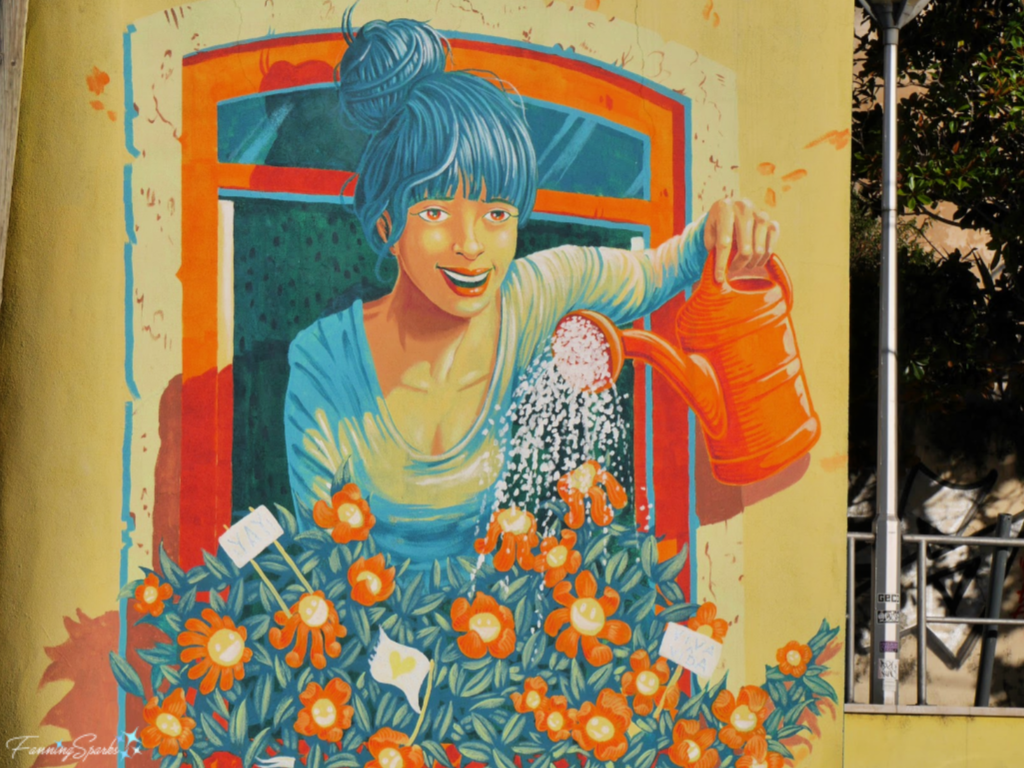
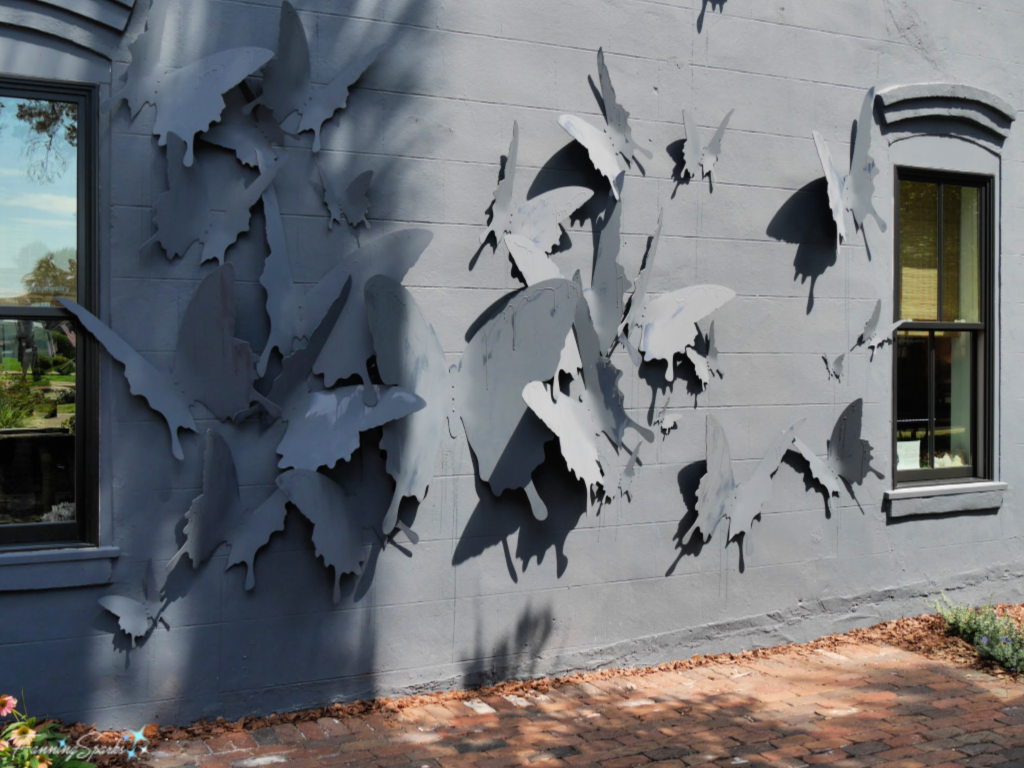
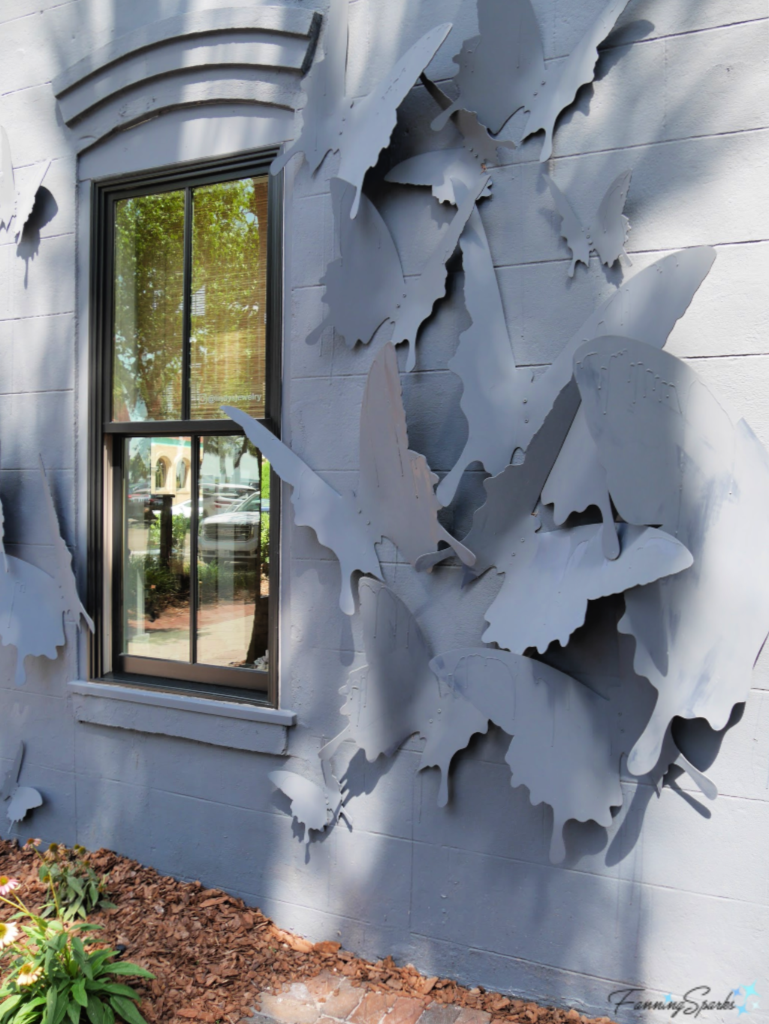
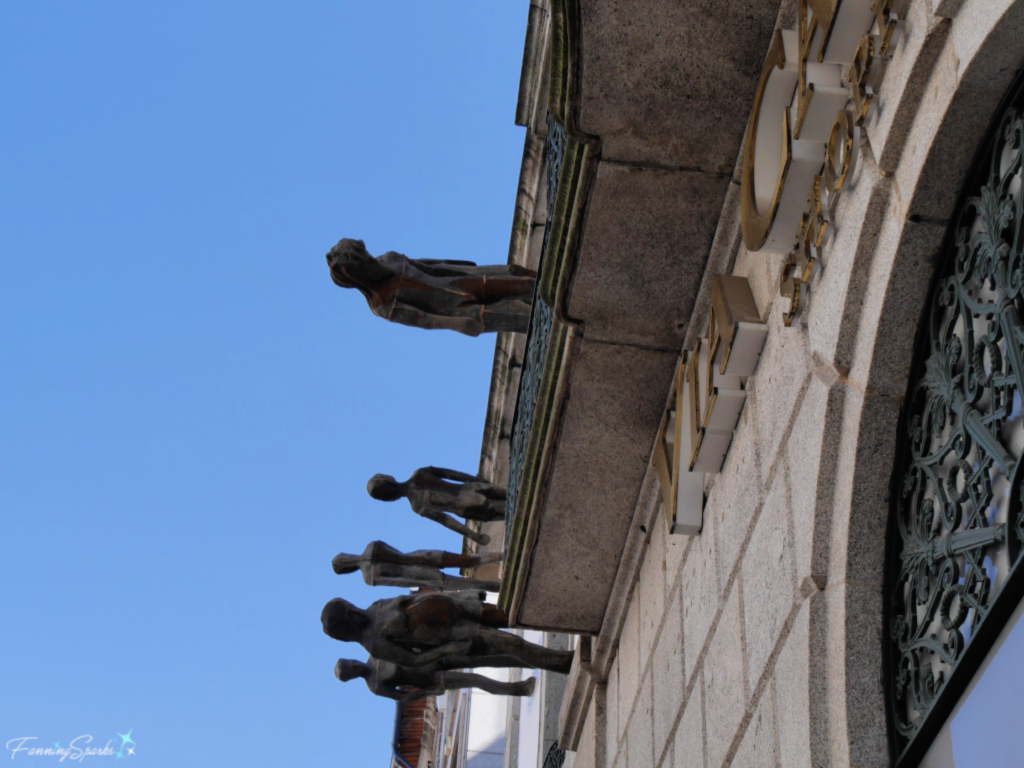

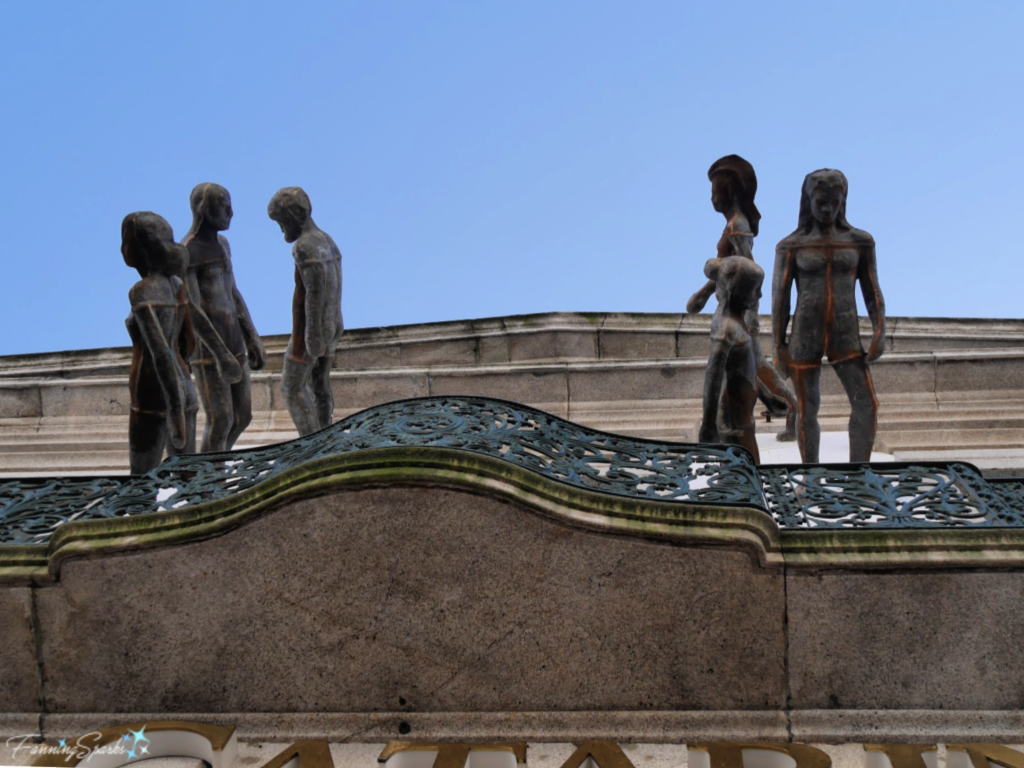

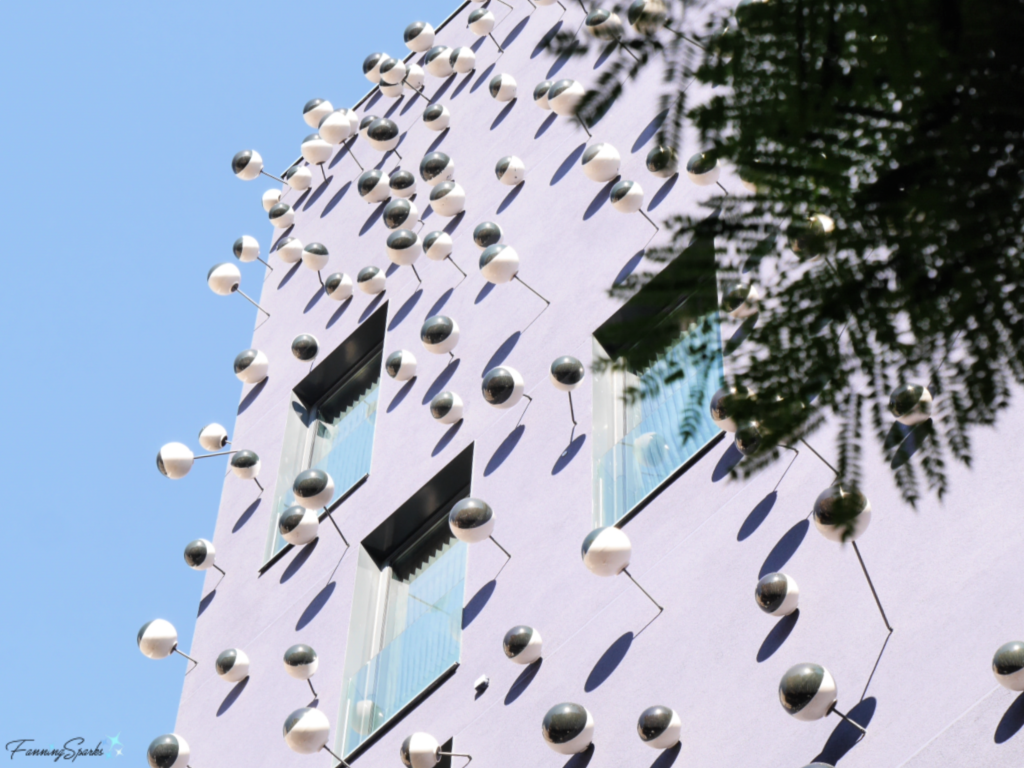
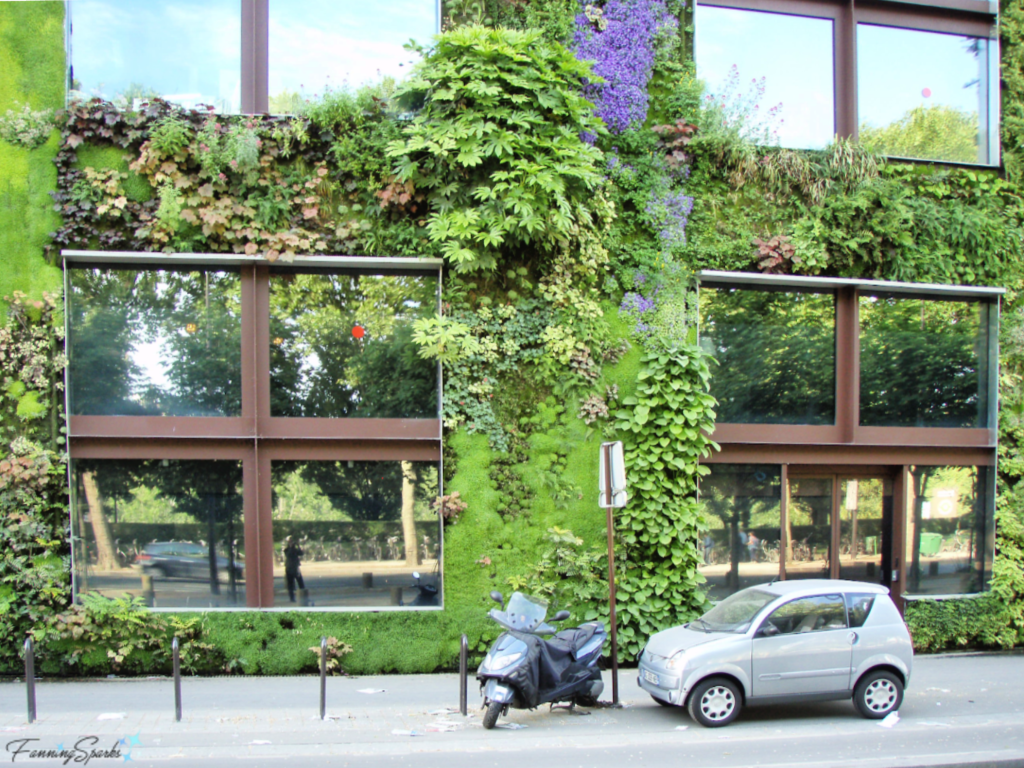
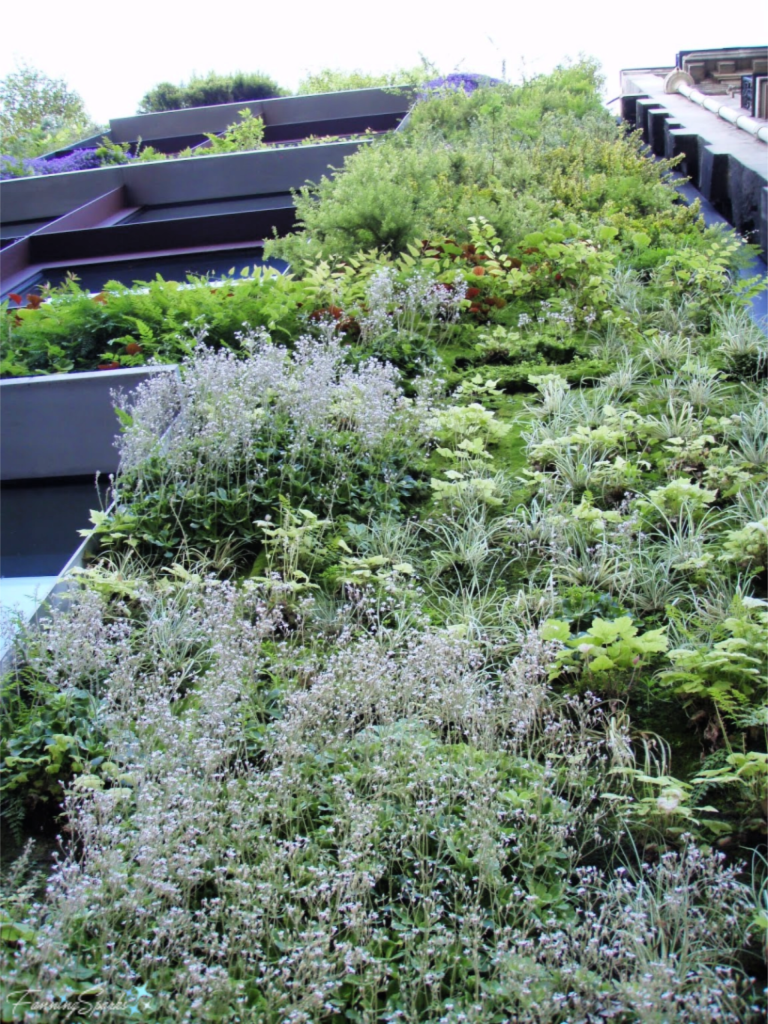
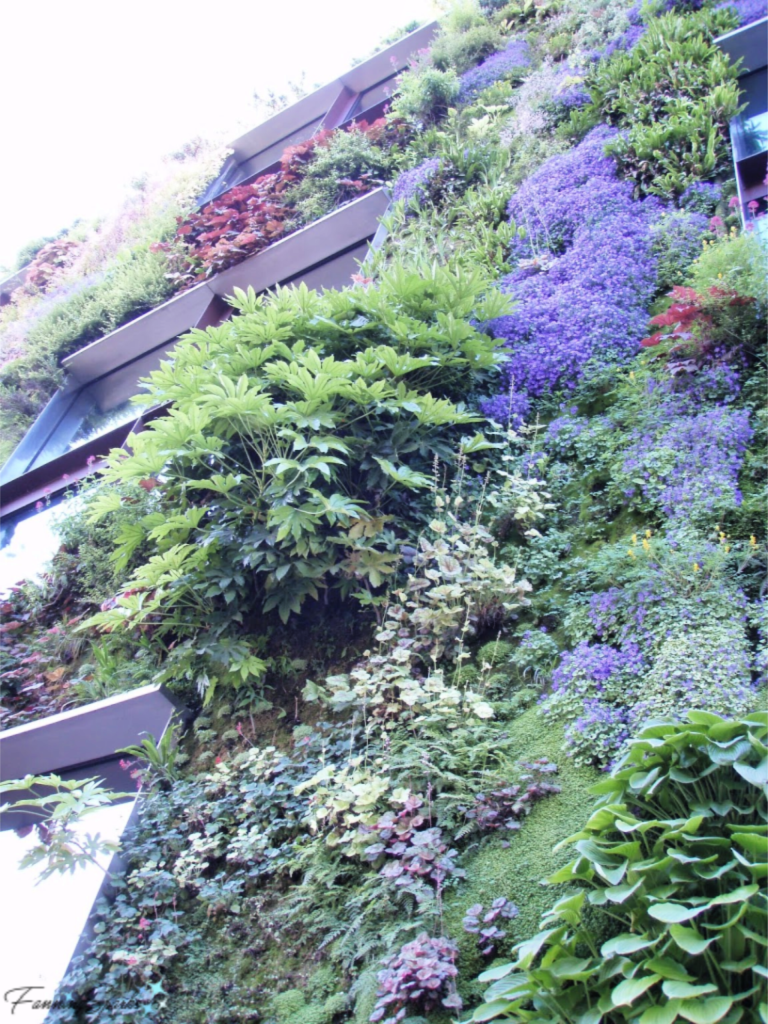
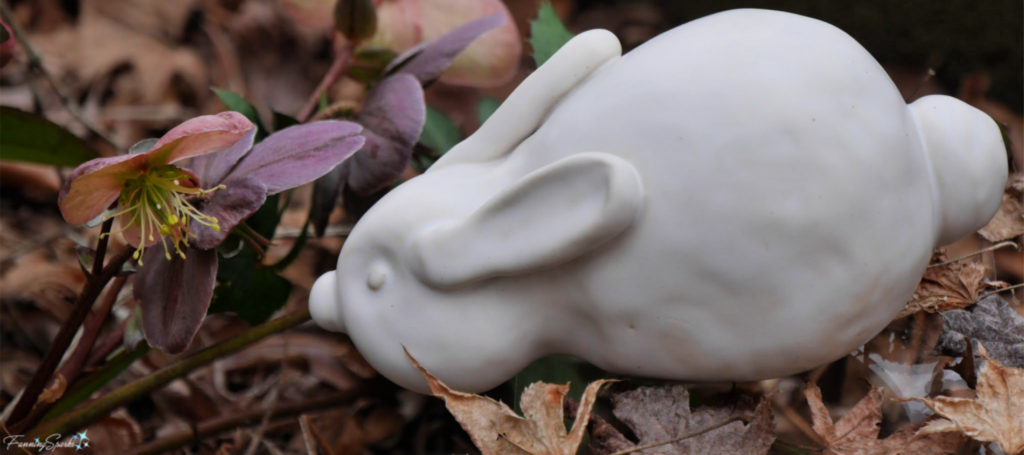
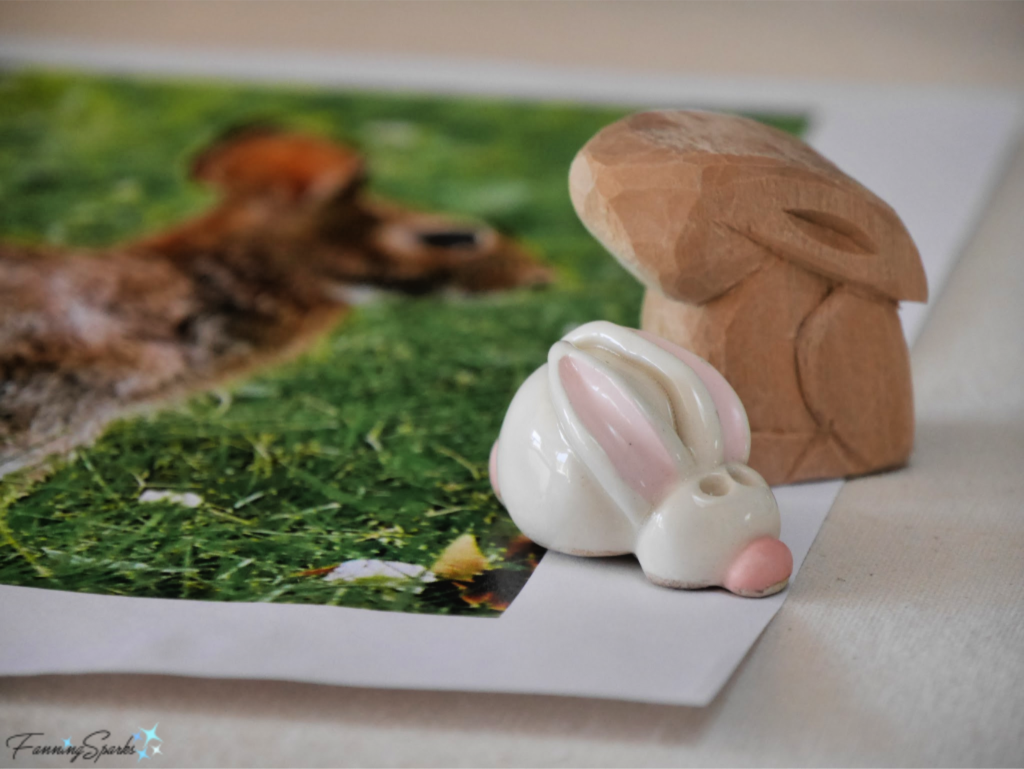
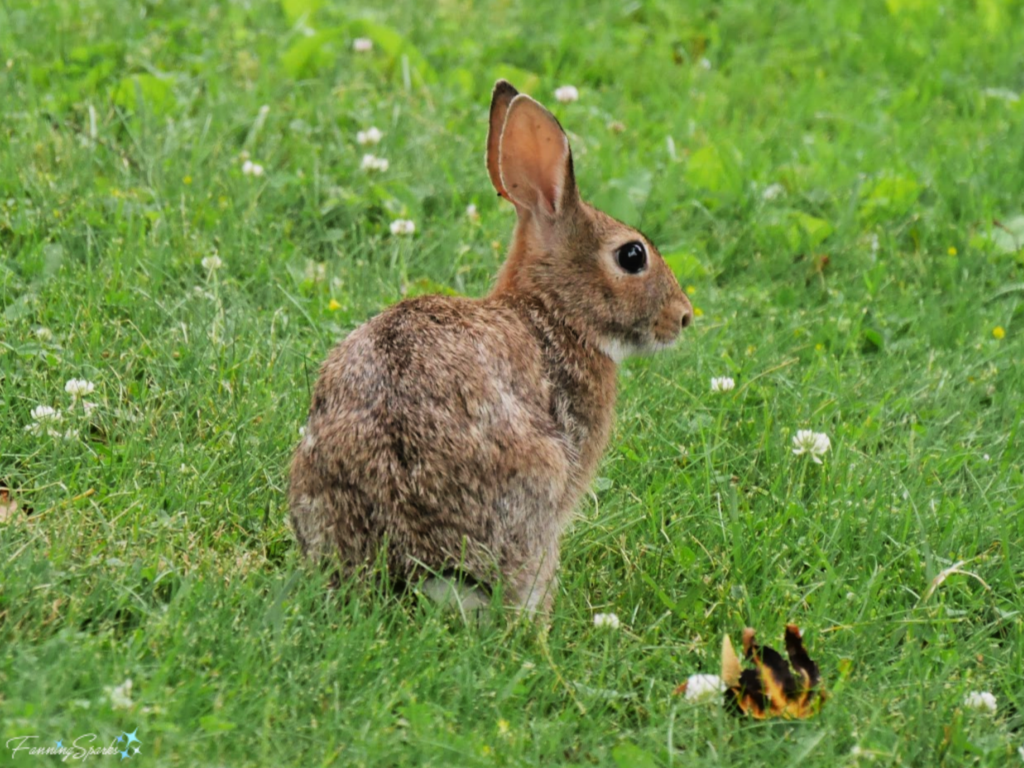
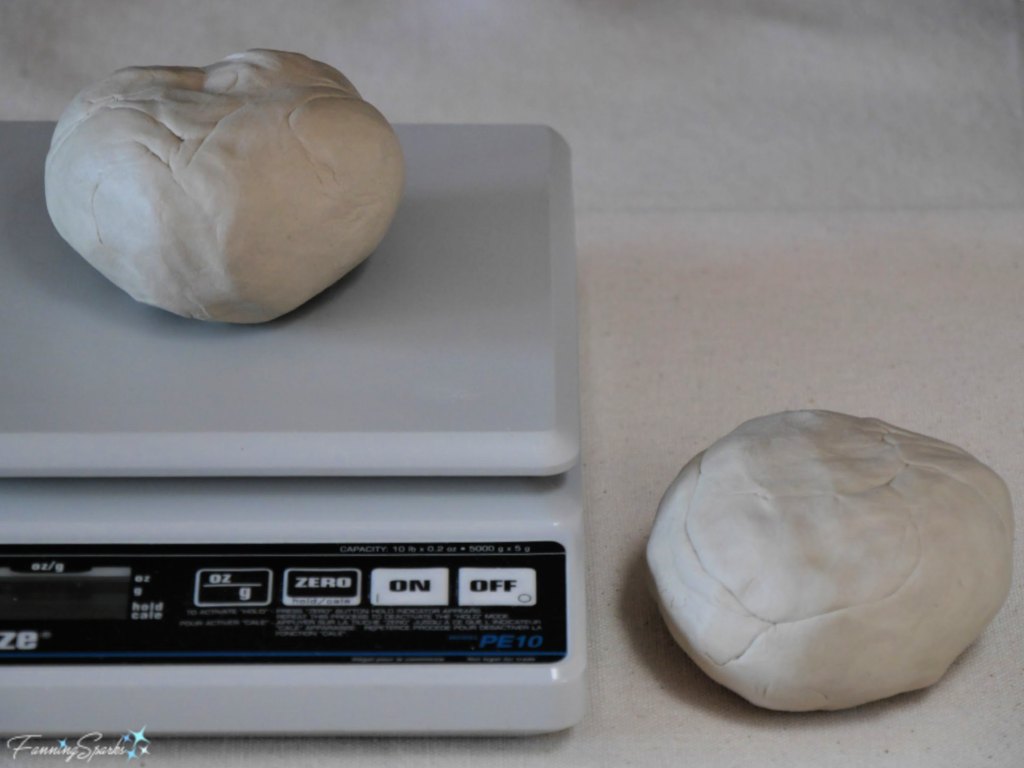
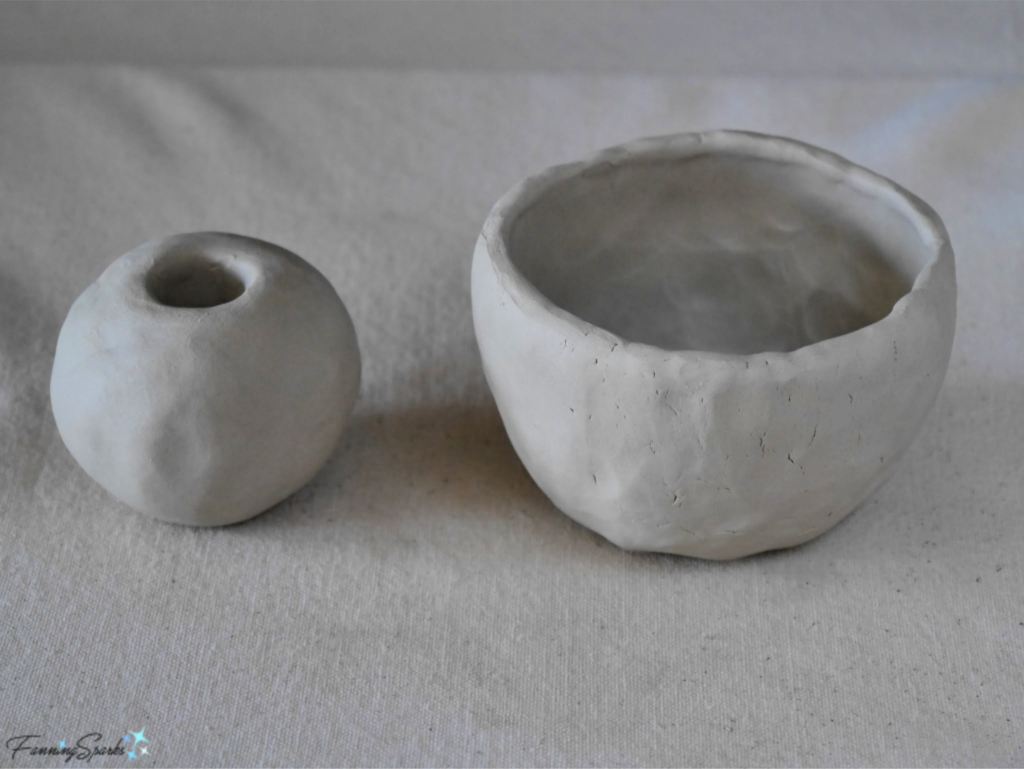
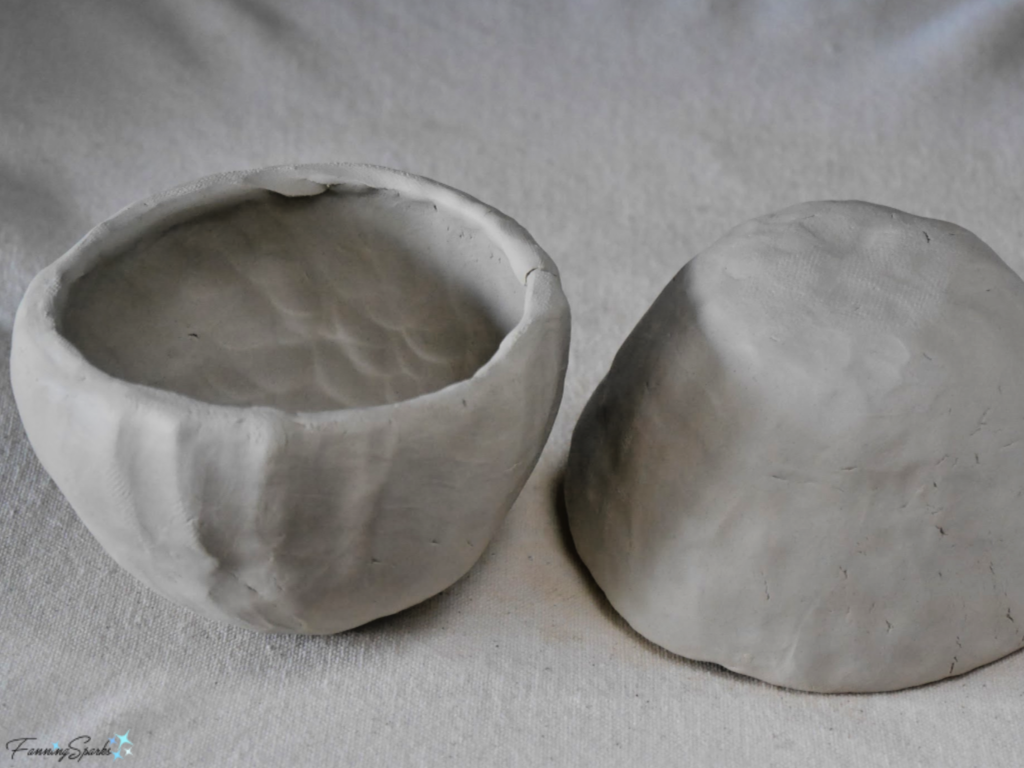
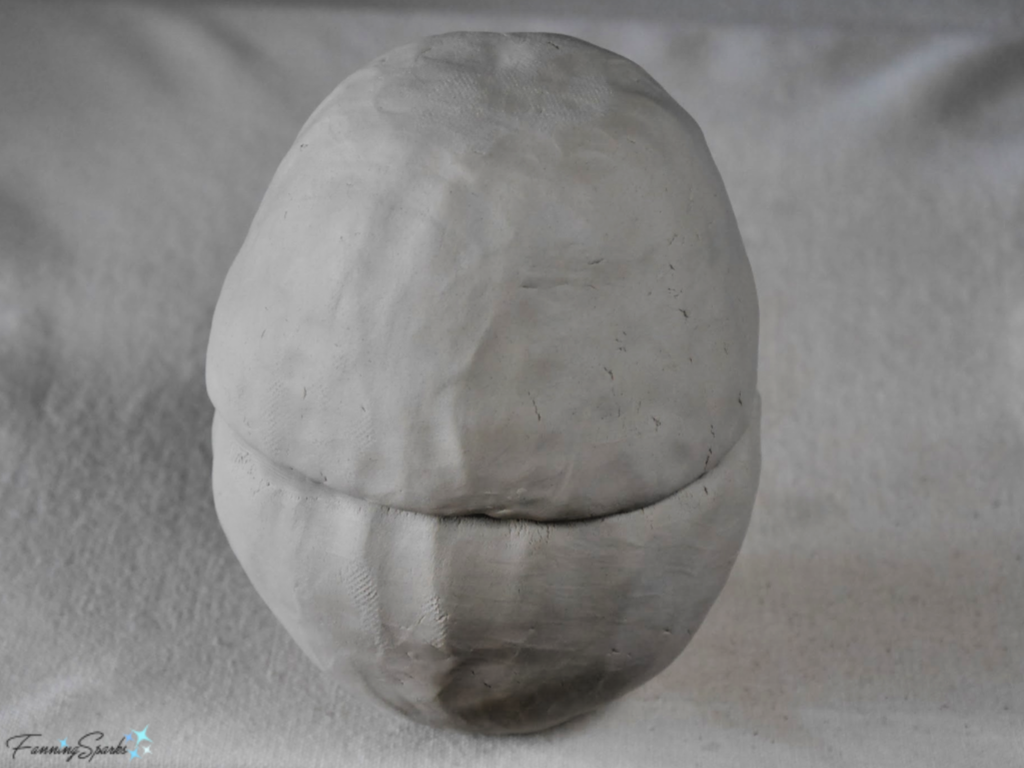
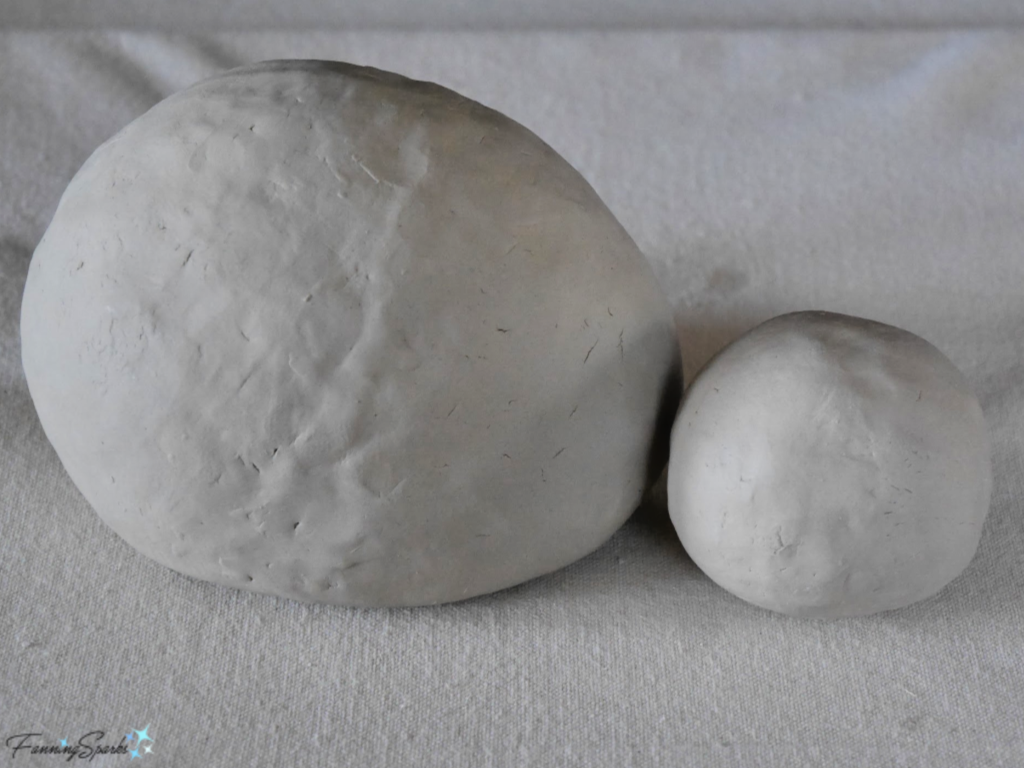
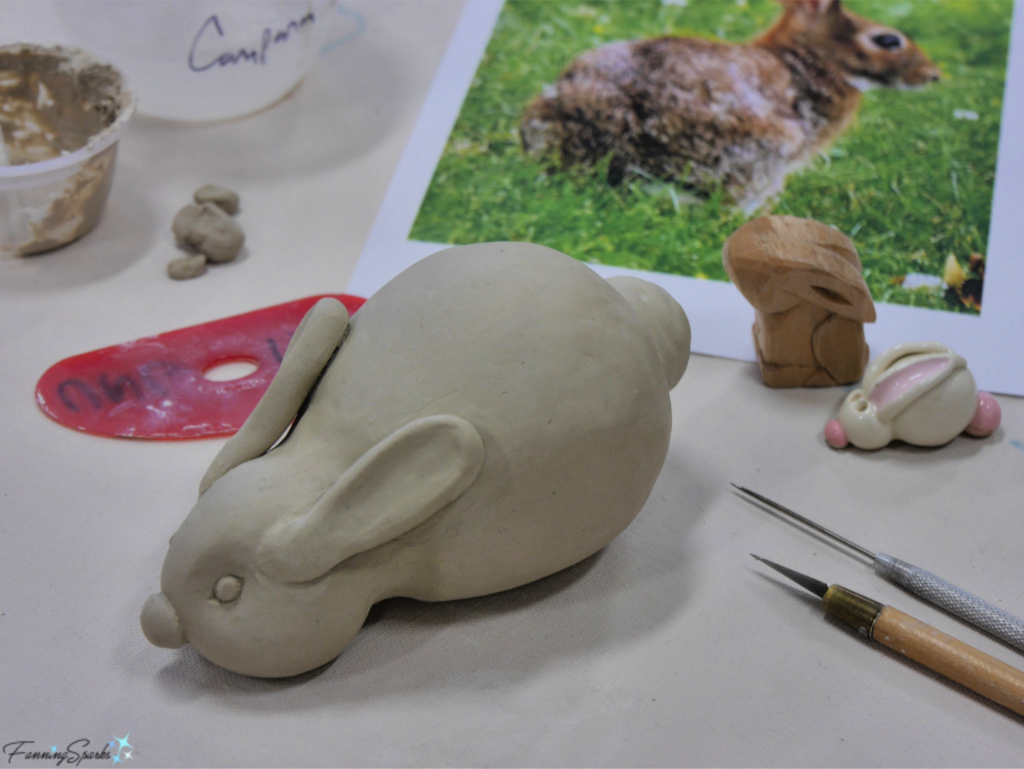
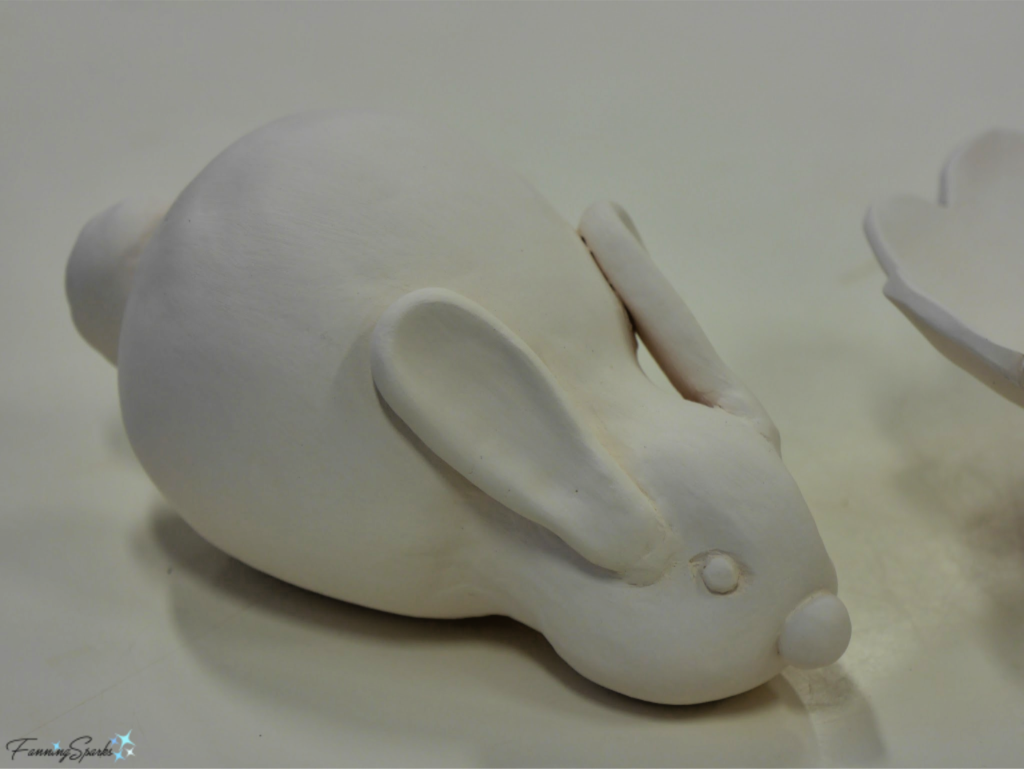 The final step was to glaze the piece. The School Street Pottery Studio, where I’ve been taking my class, has a great selection of glazes. Here’s the sample wall showing the final colors individually on white or red clay as well as in combinations. I chose a plain white glaze.
The final step was to glaze the piece. The School Street Pottery Studio, where I’ve been taking my class, has a great selection of glazes. Here’s the sample wall showing the final colors individually on white or red clay as well as in combinations. I chose a plain white glaze.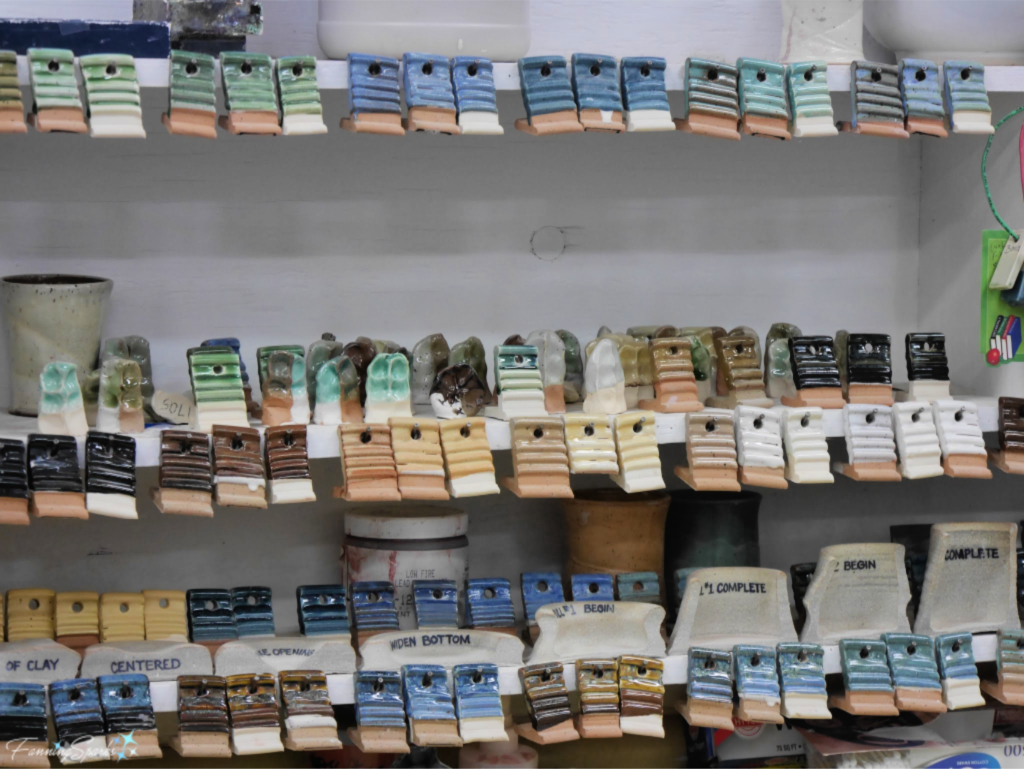
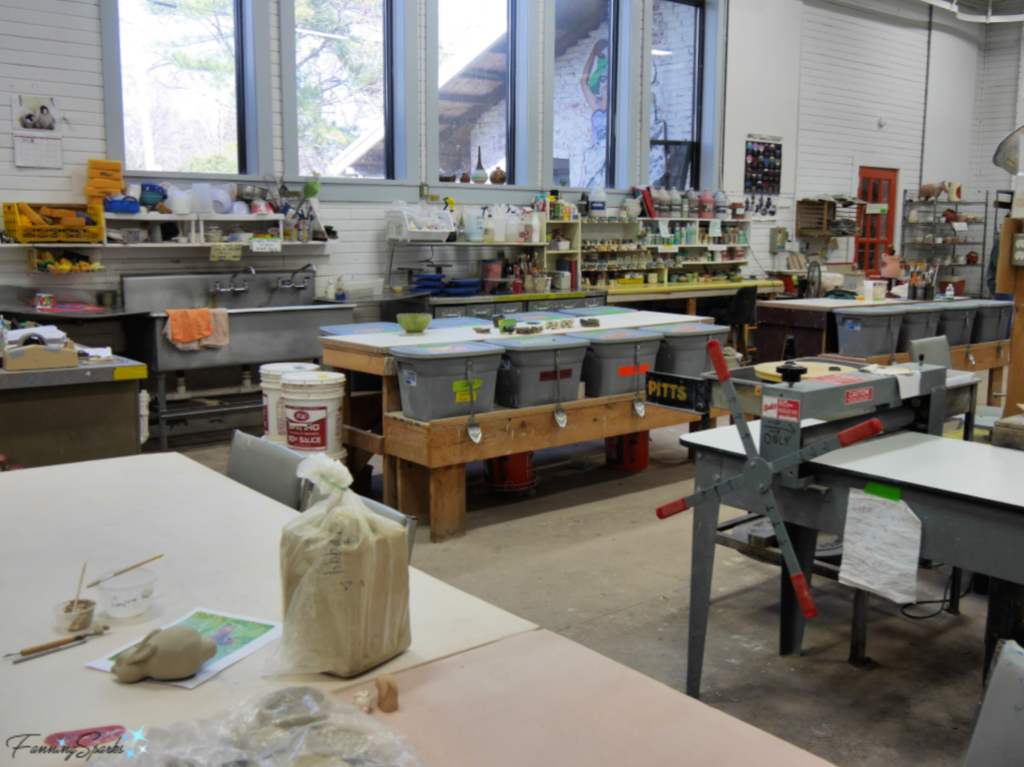 …and lots of equipment and tools for us to use.
…and lots of equipment and tools for us to use.
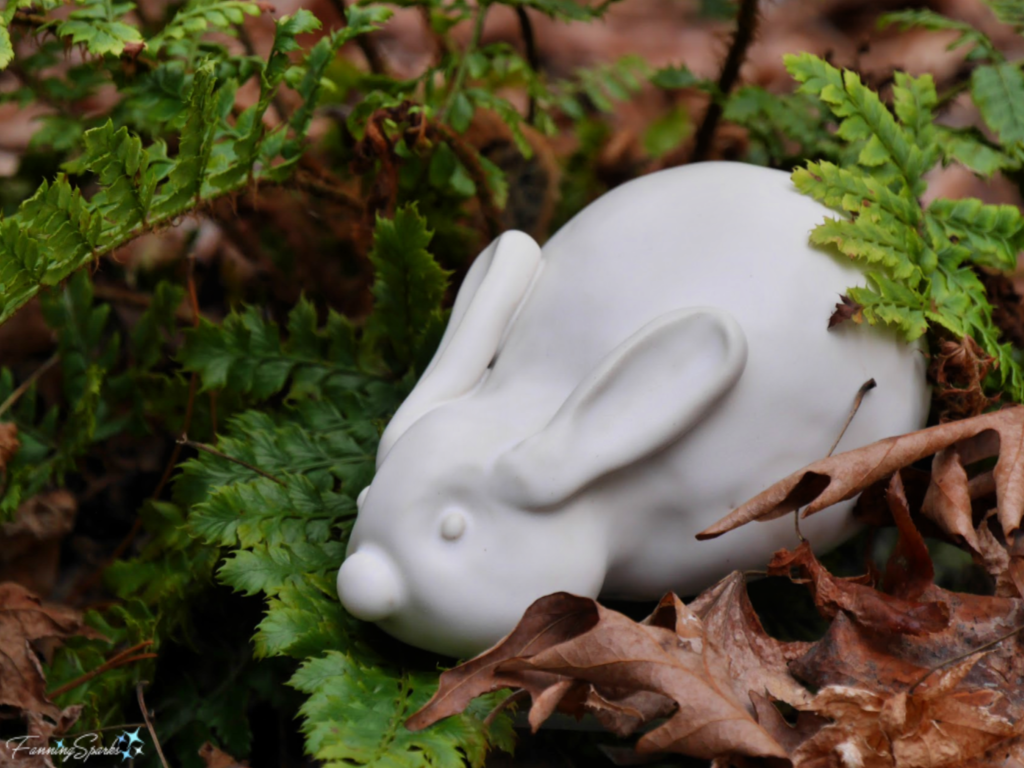
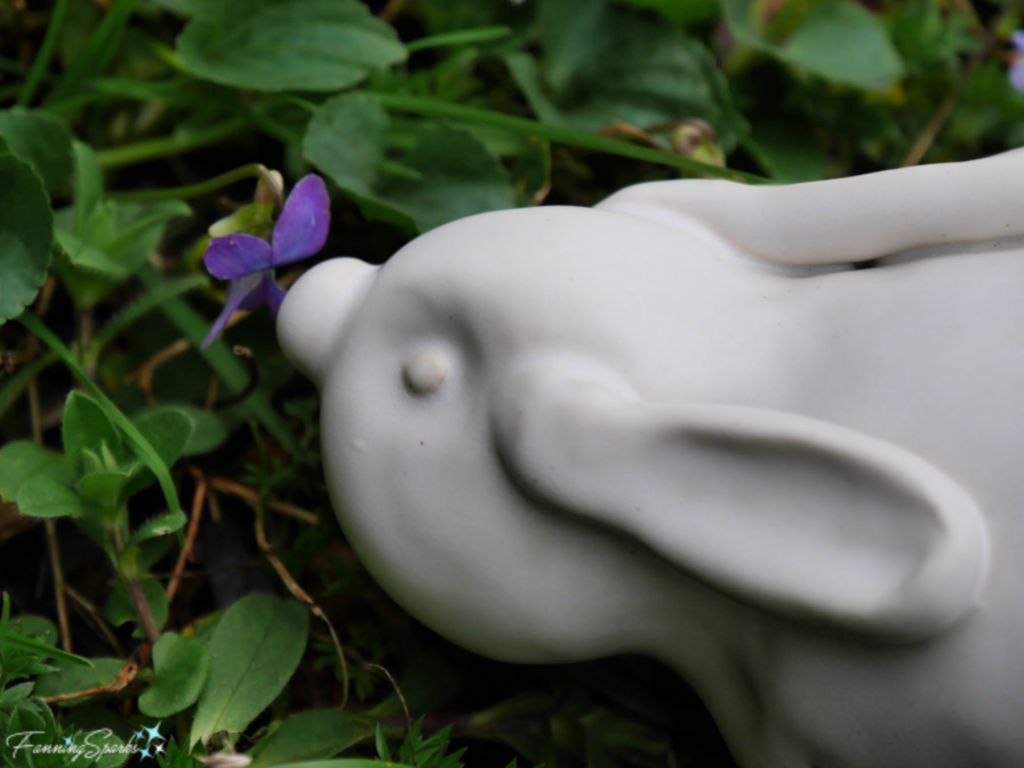

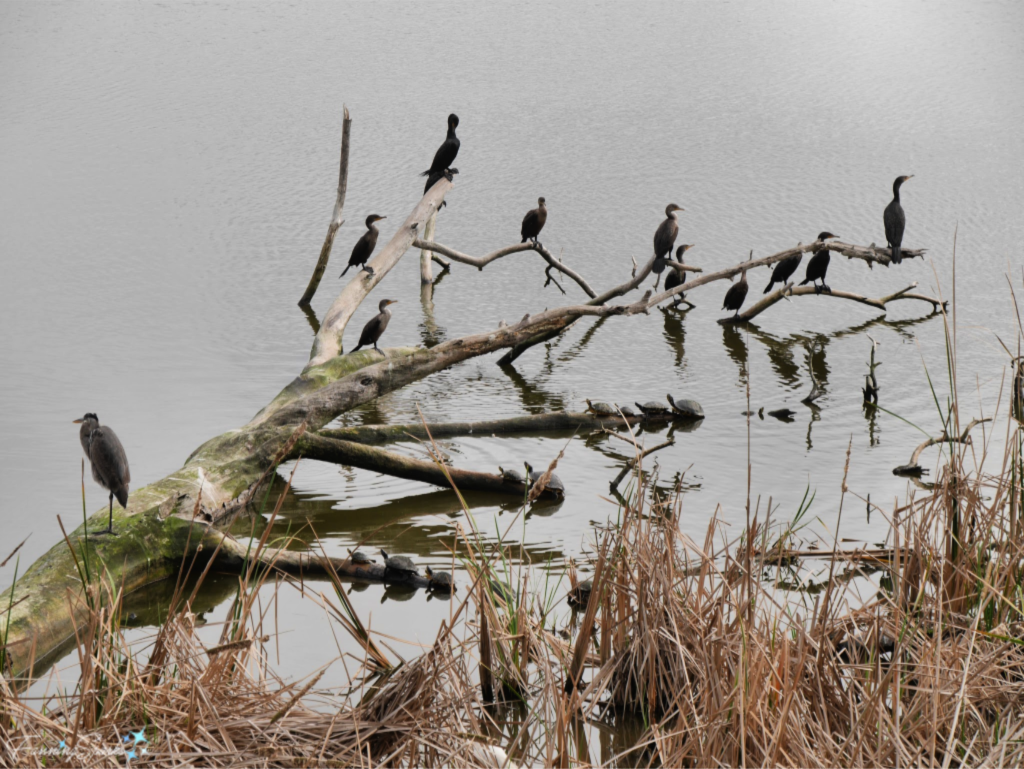
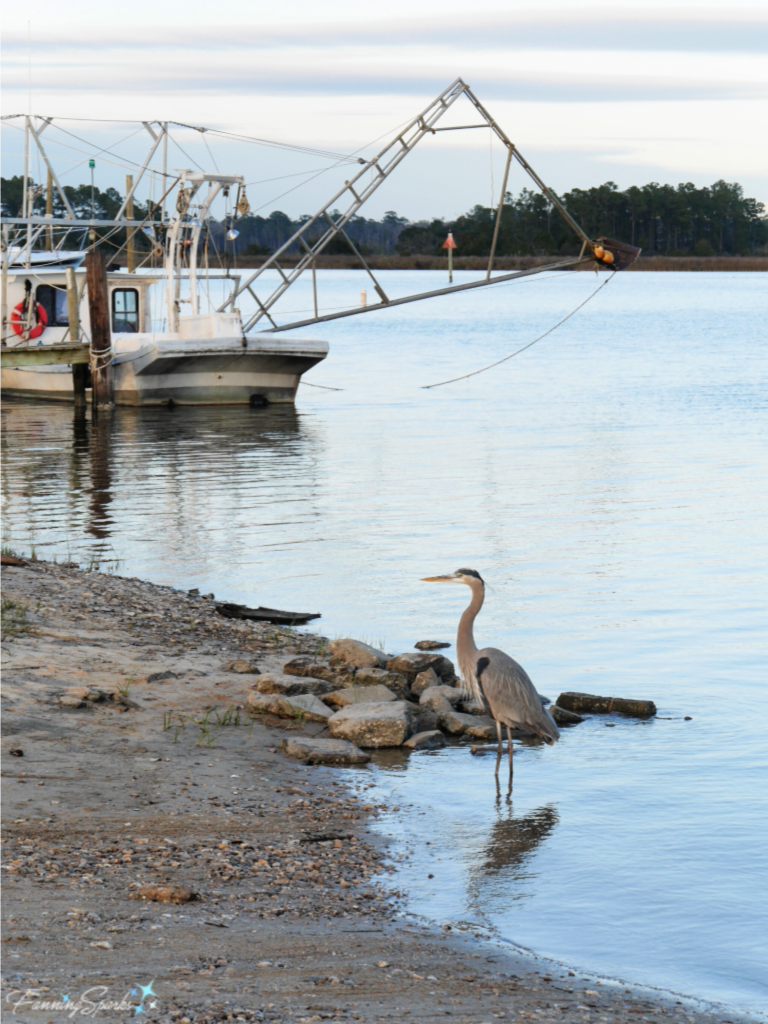
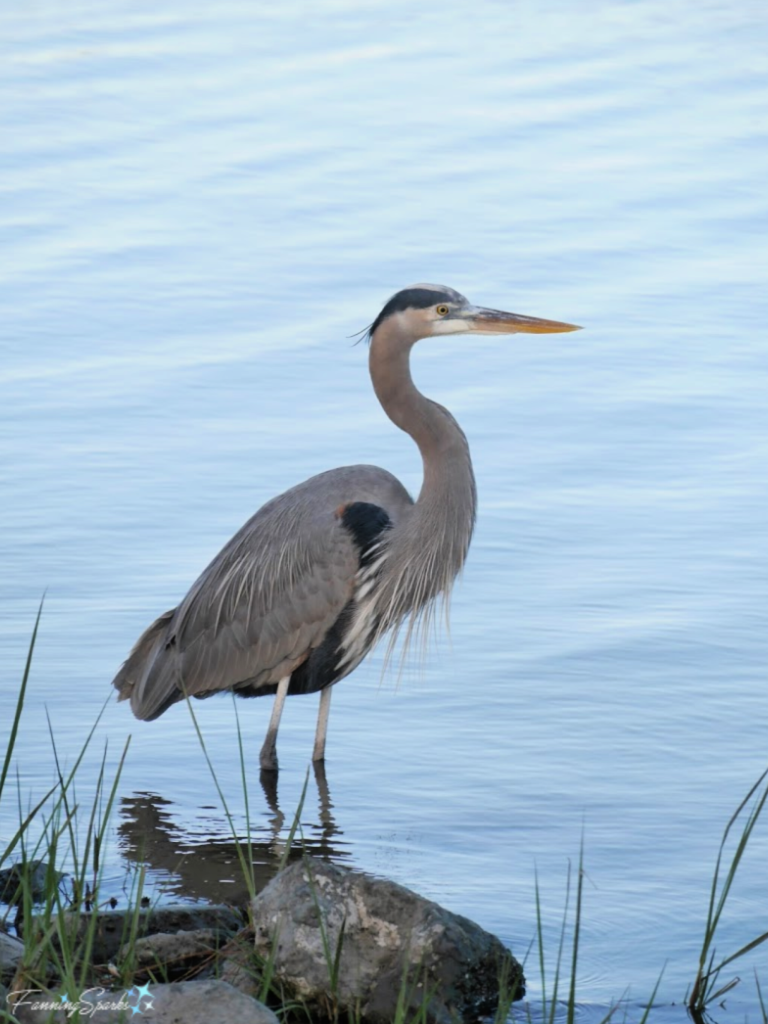
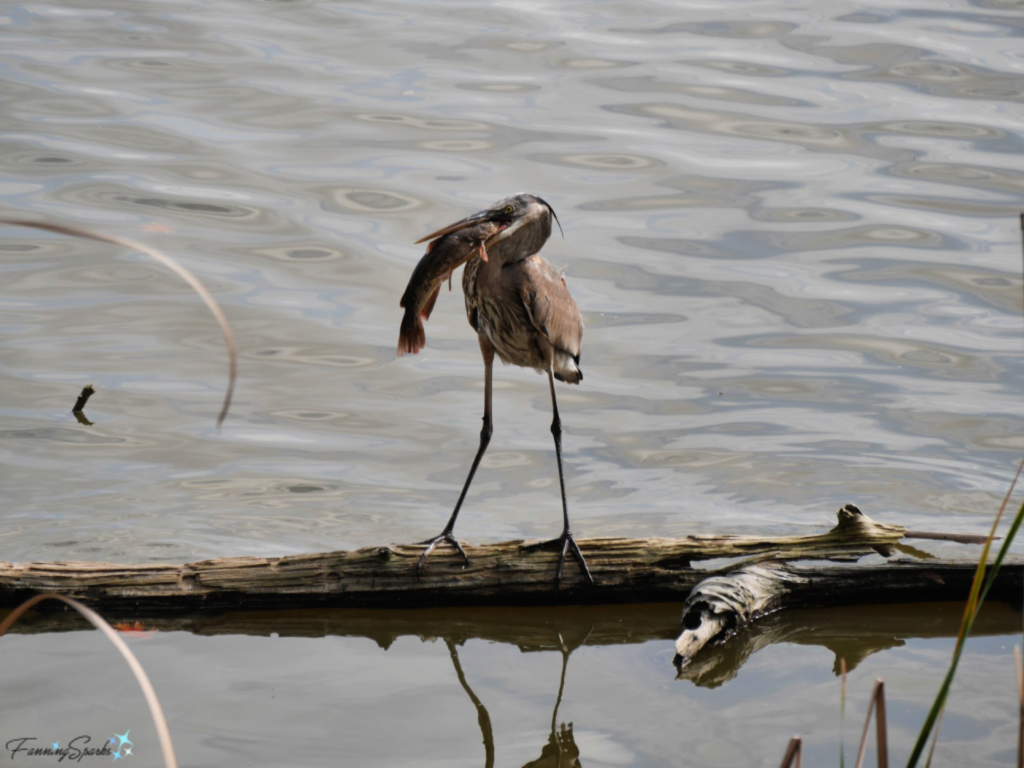
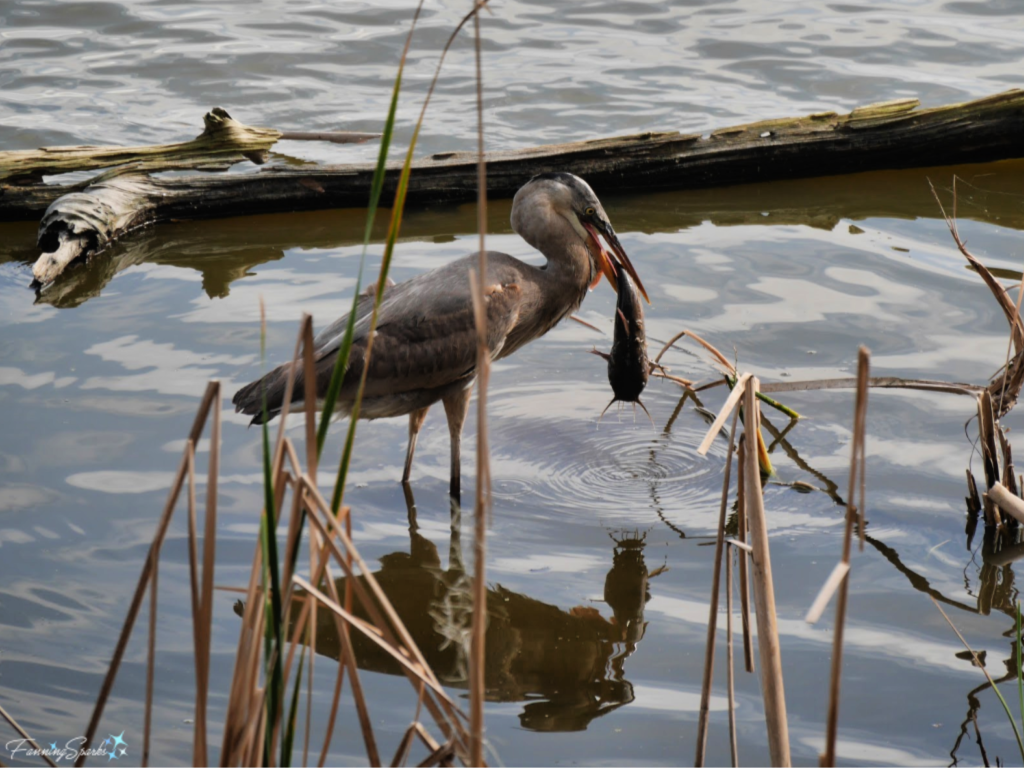


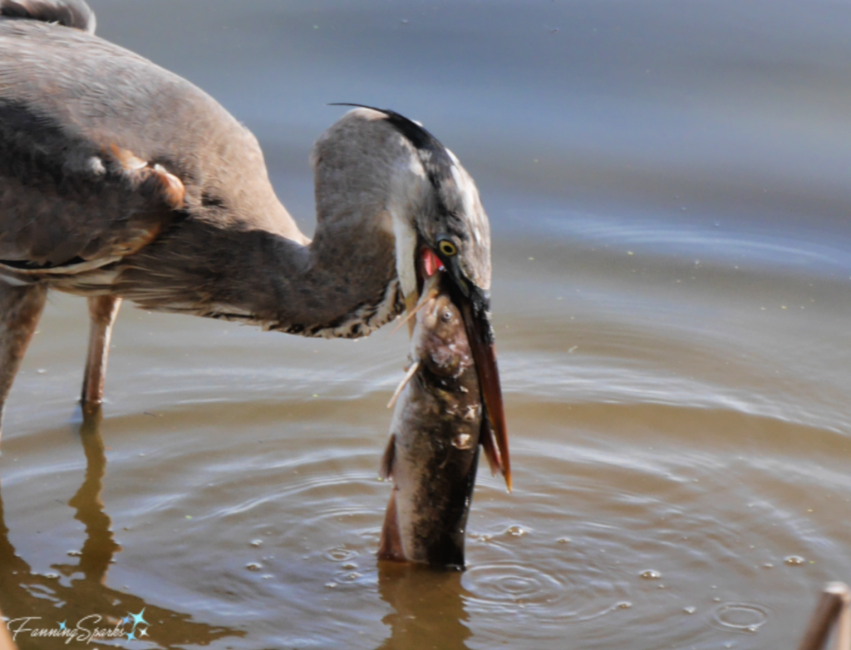
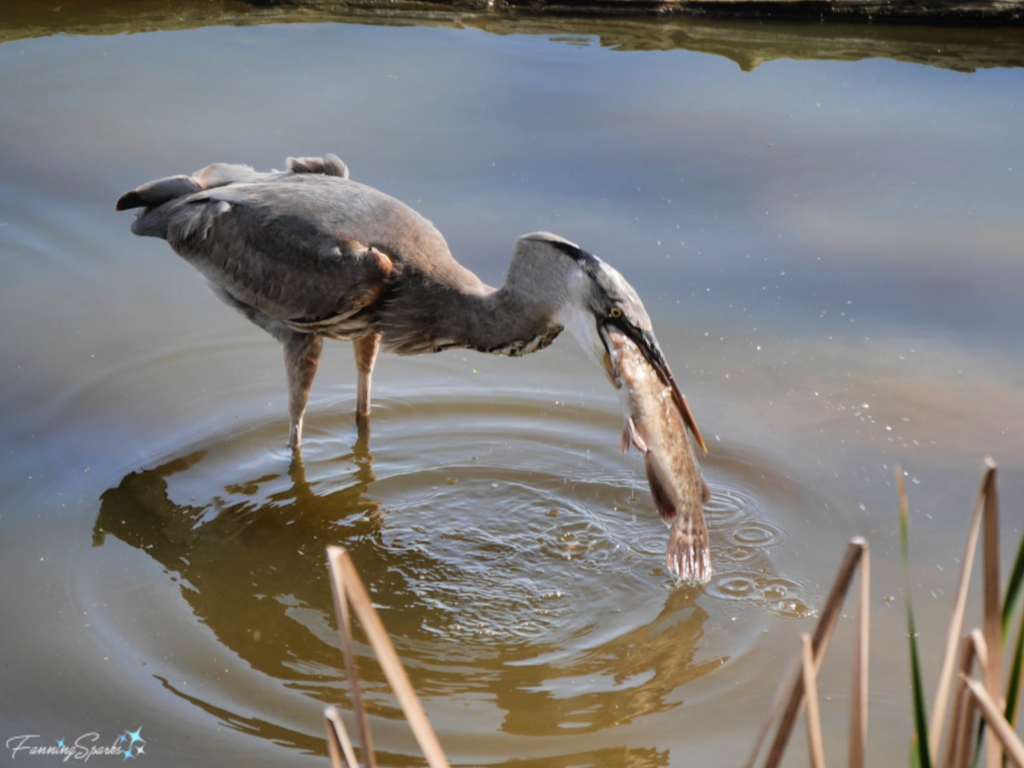 … and down its throat…
… and down its throat…